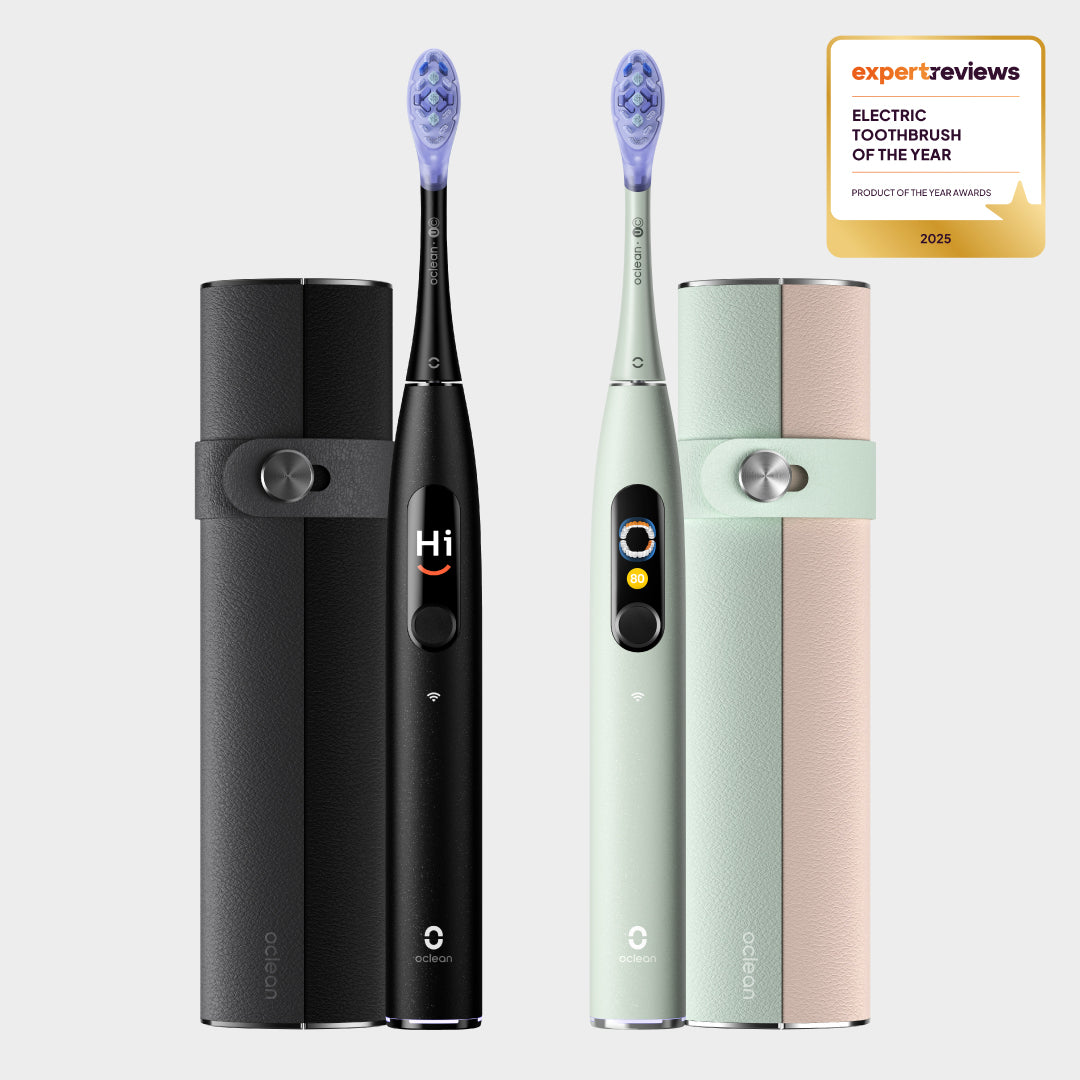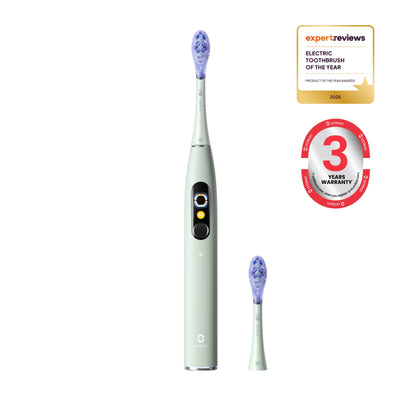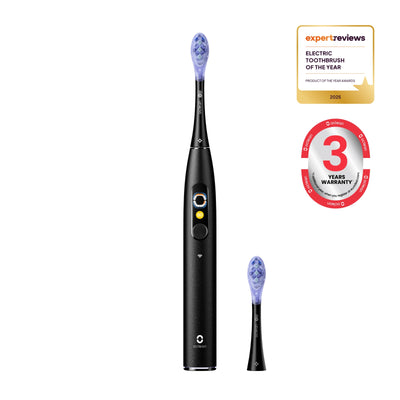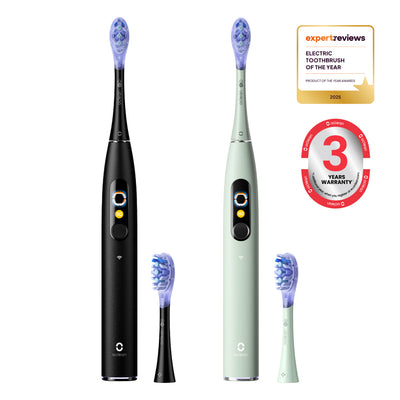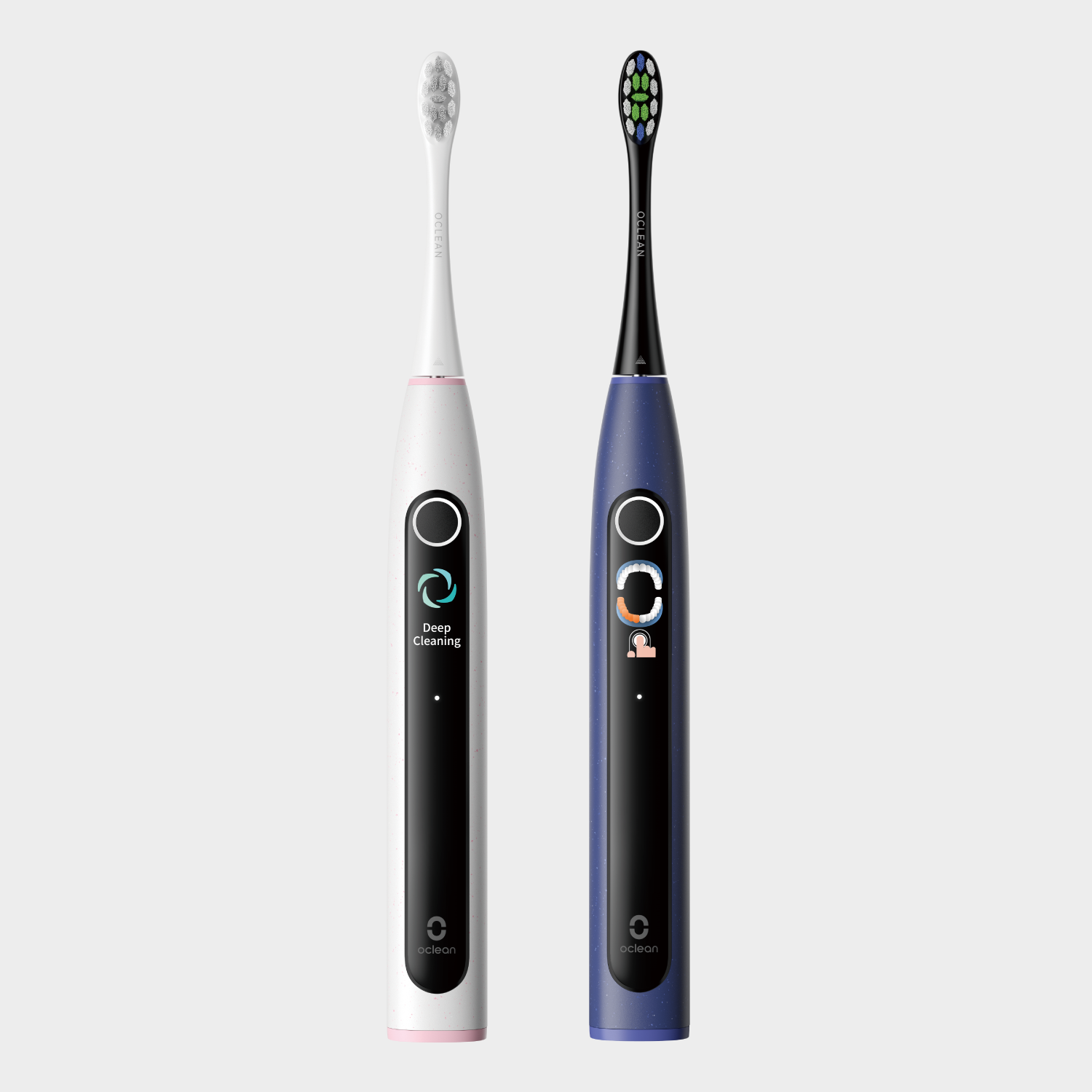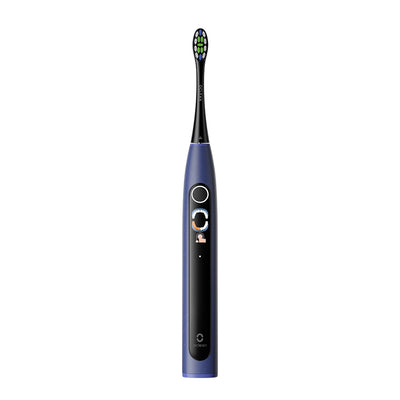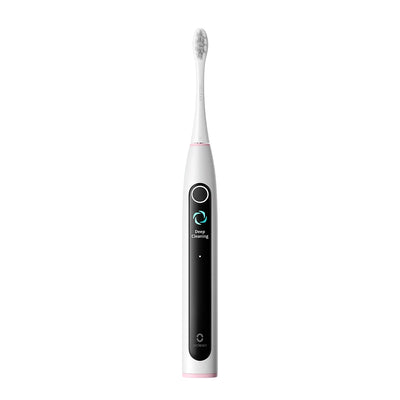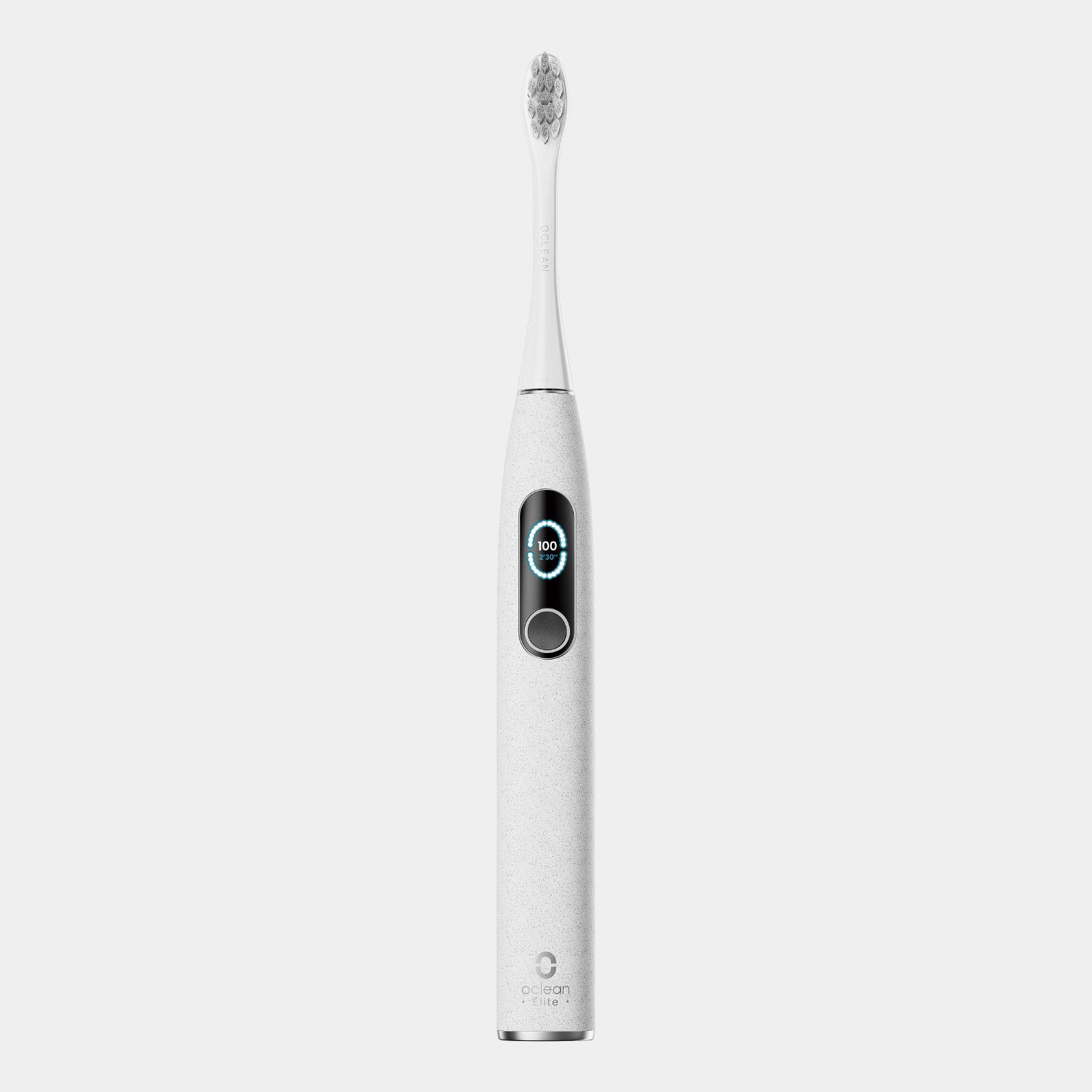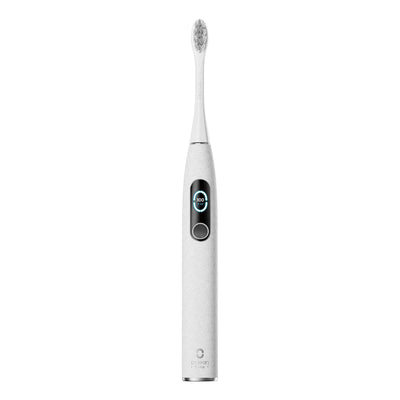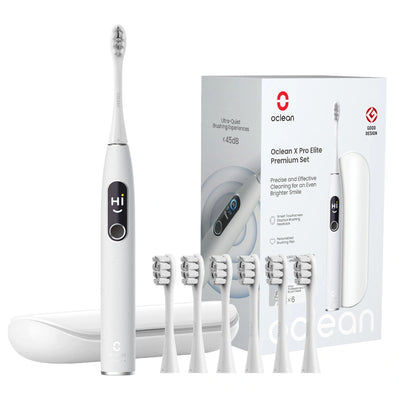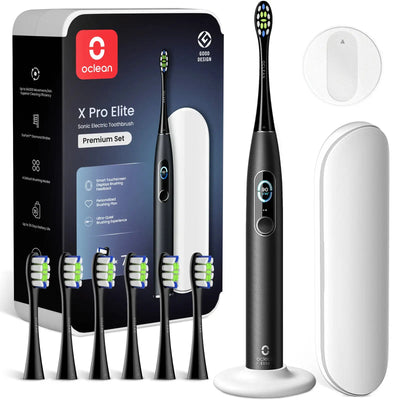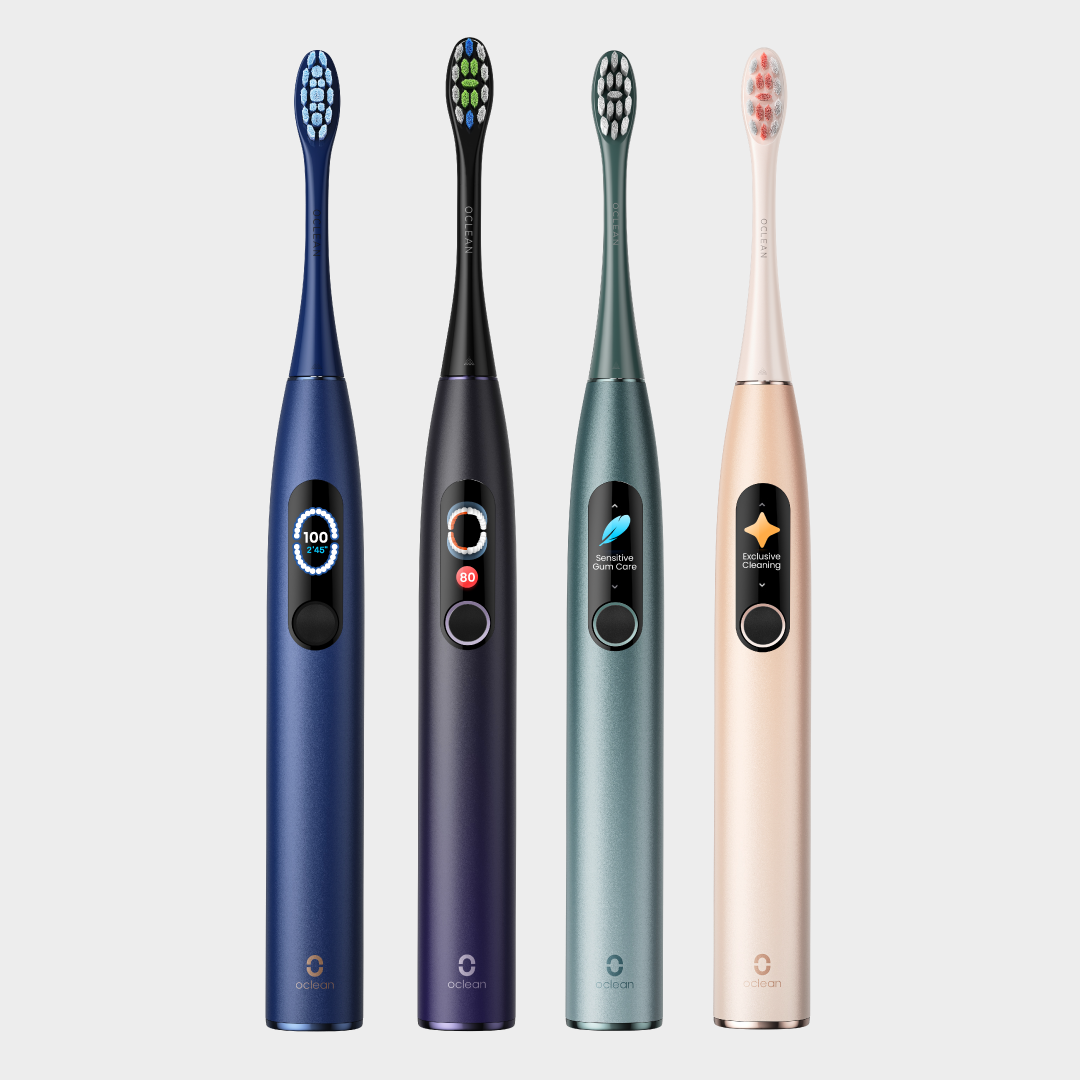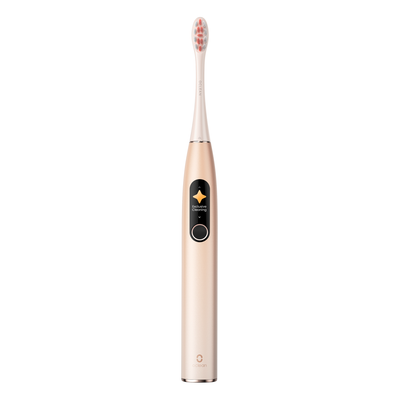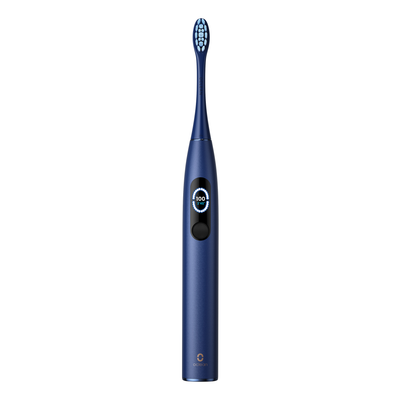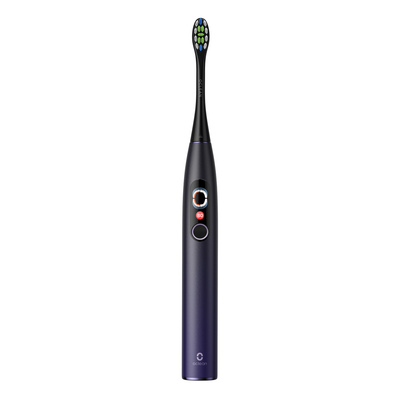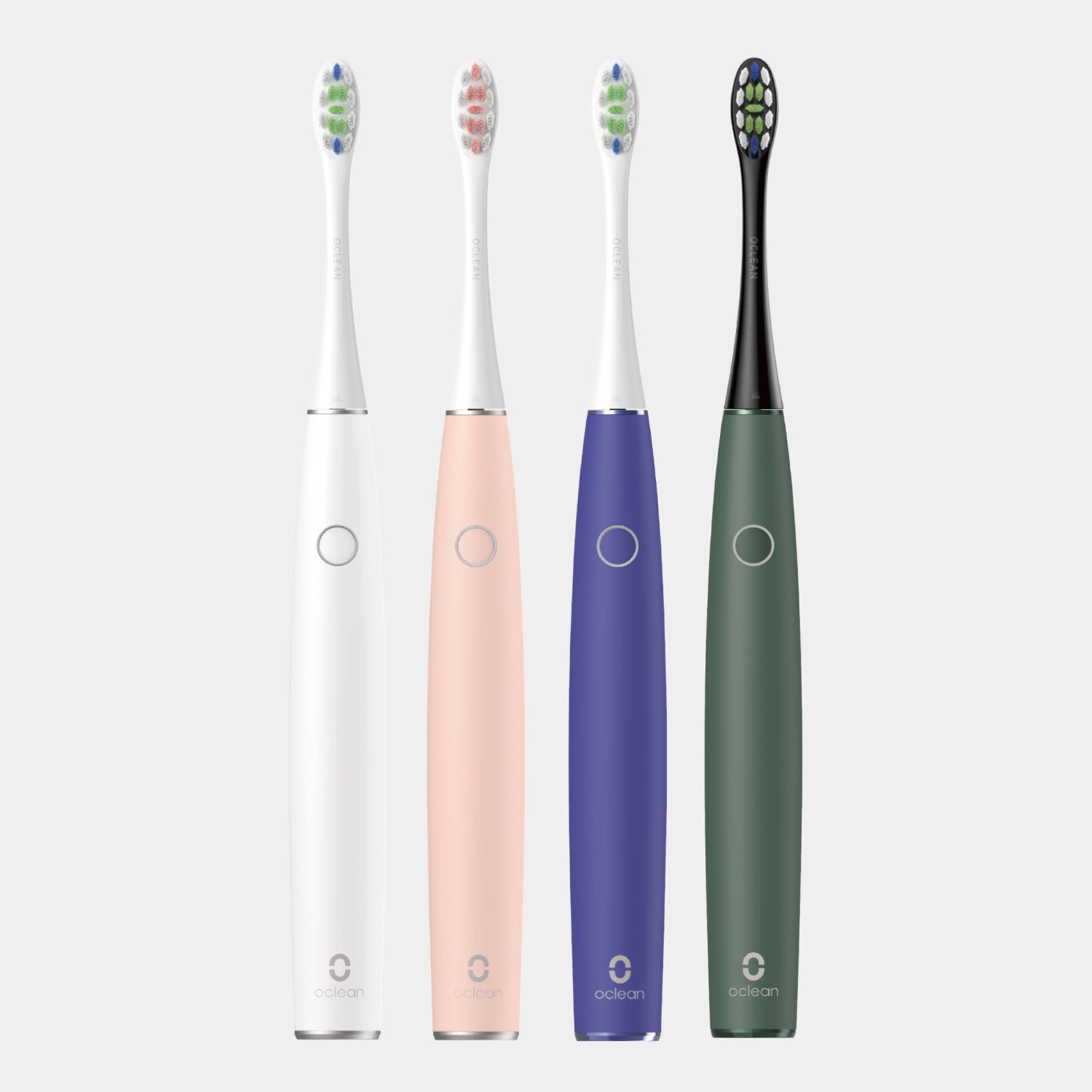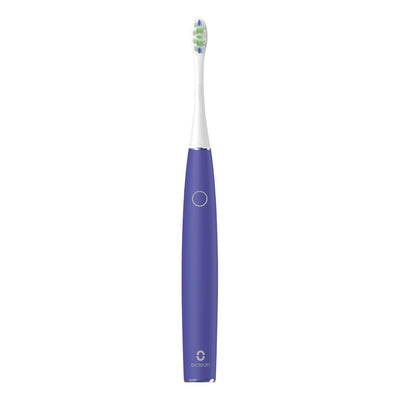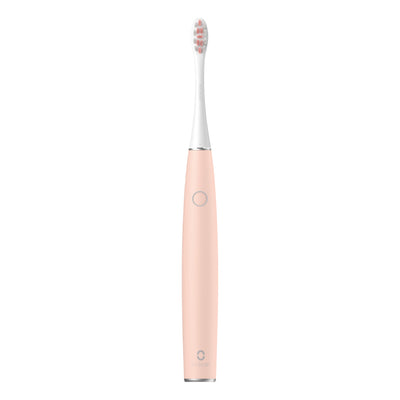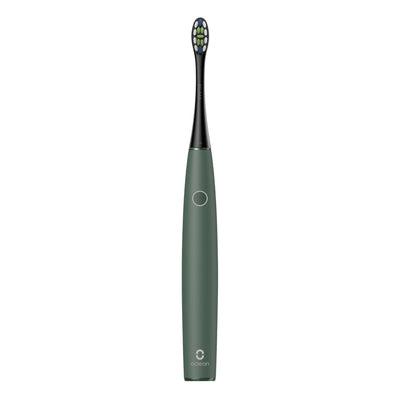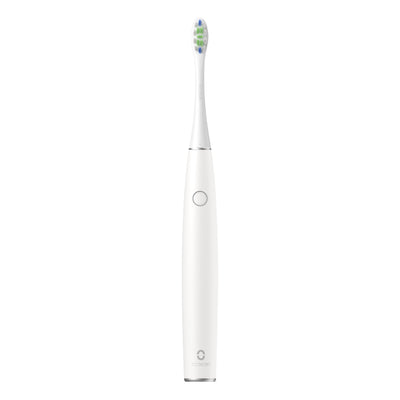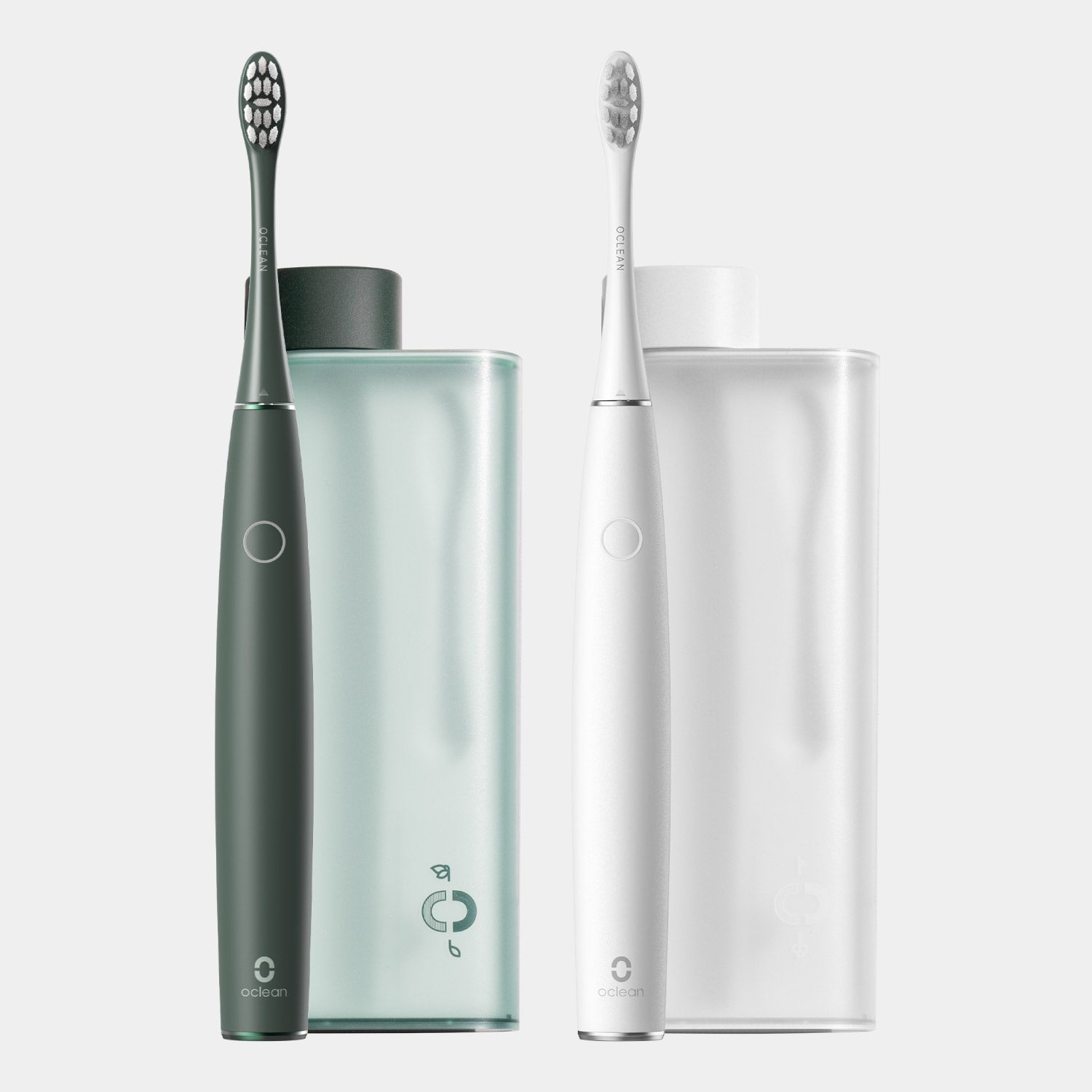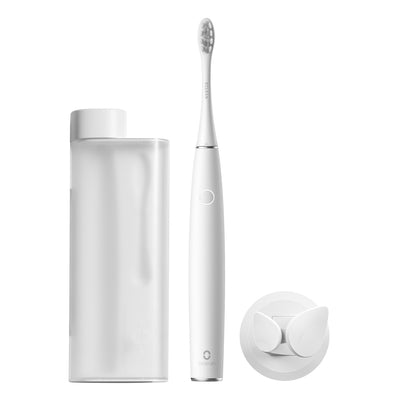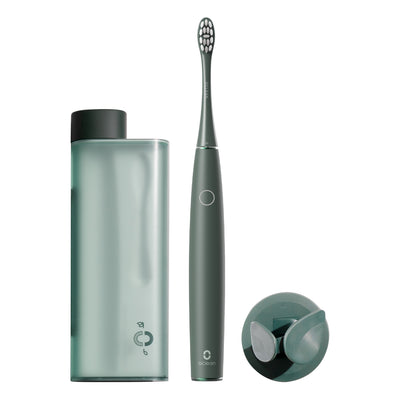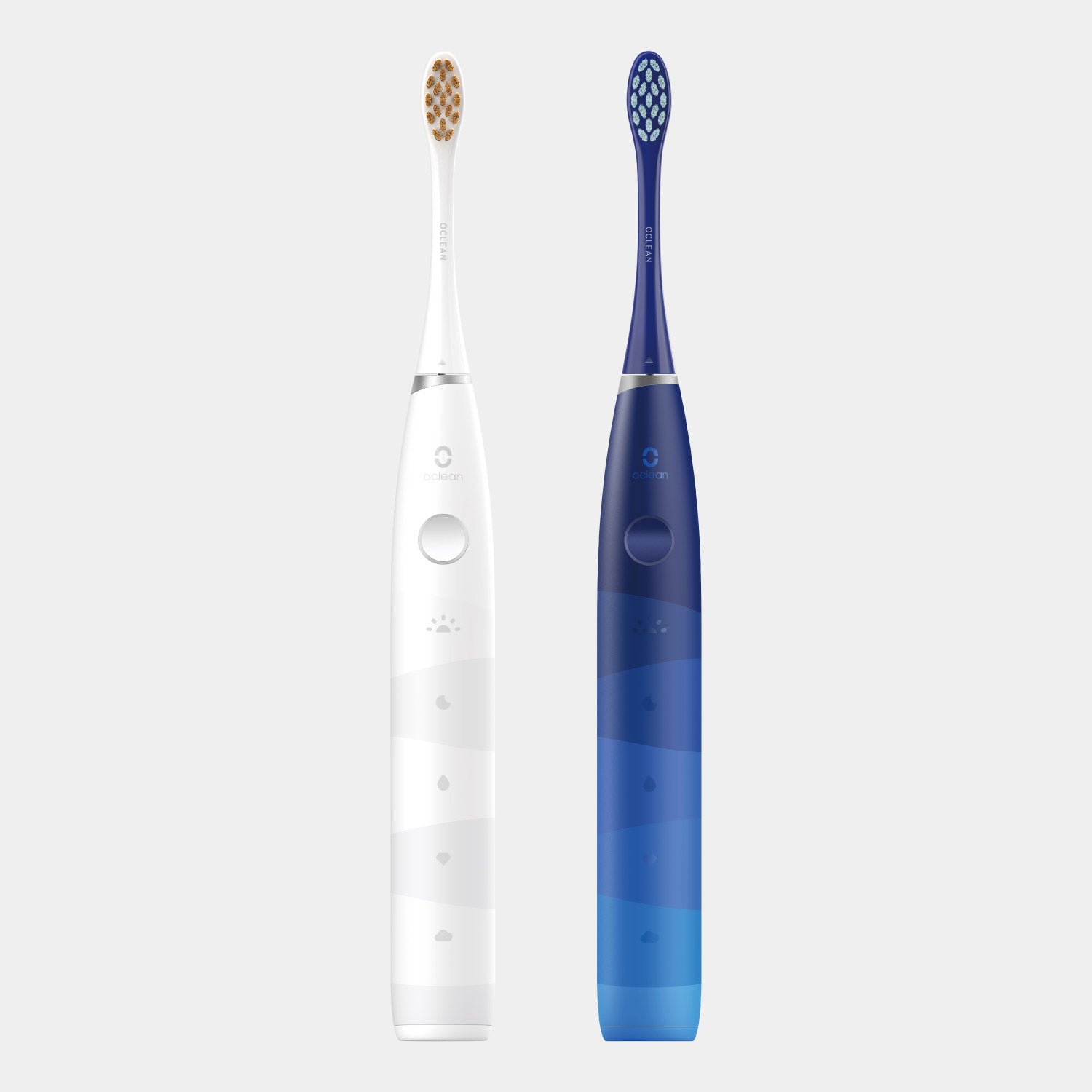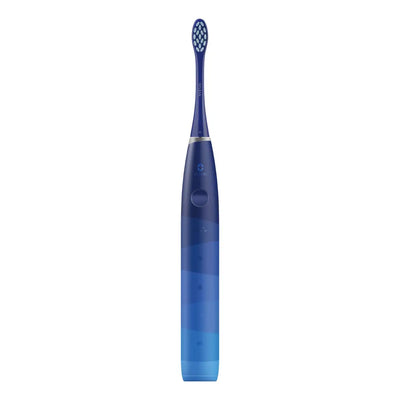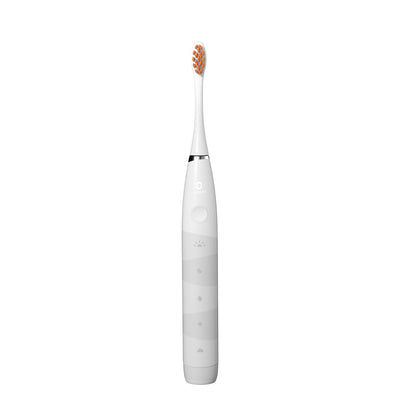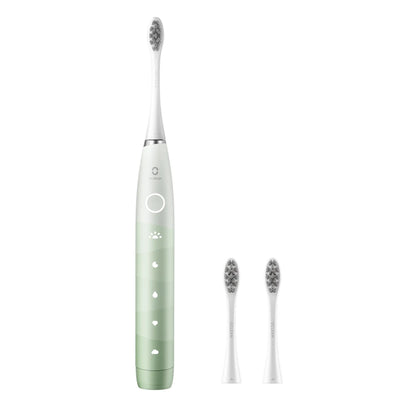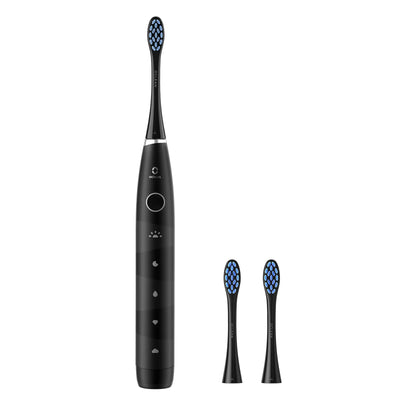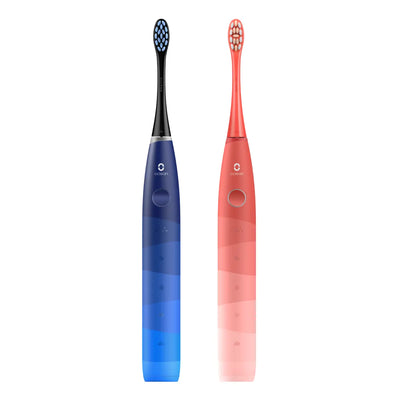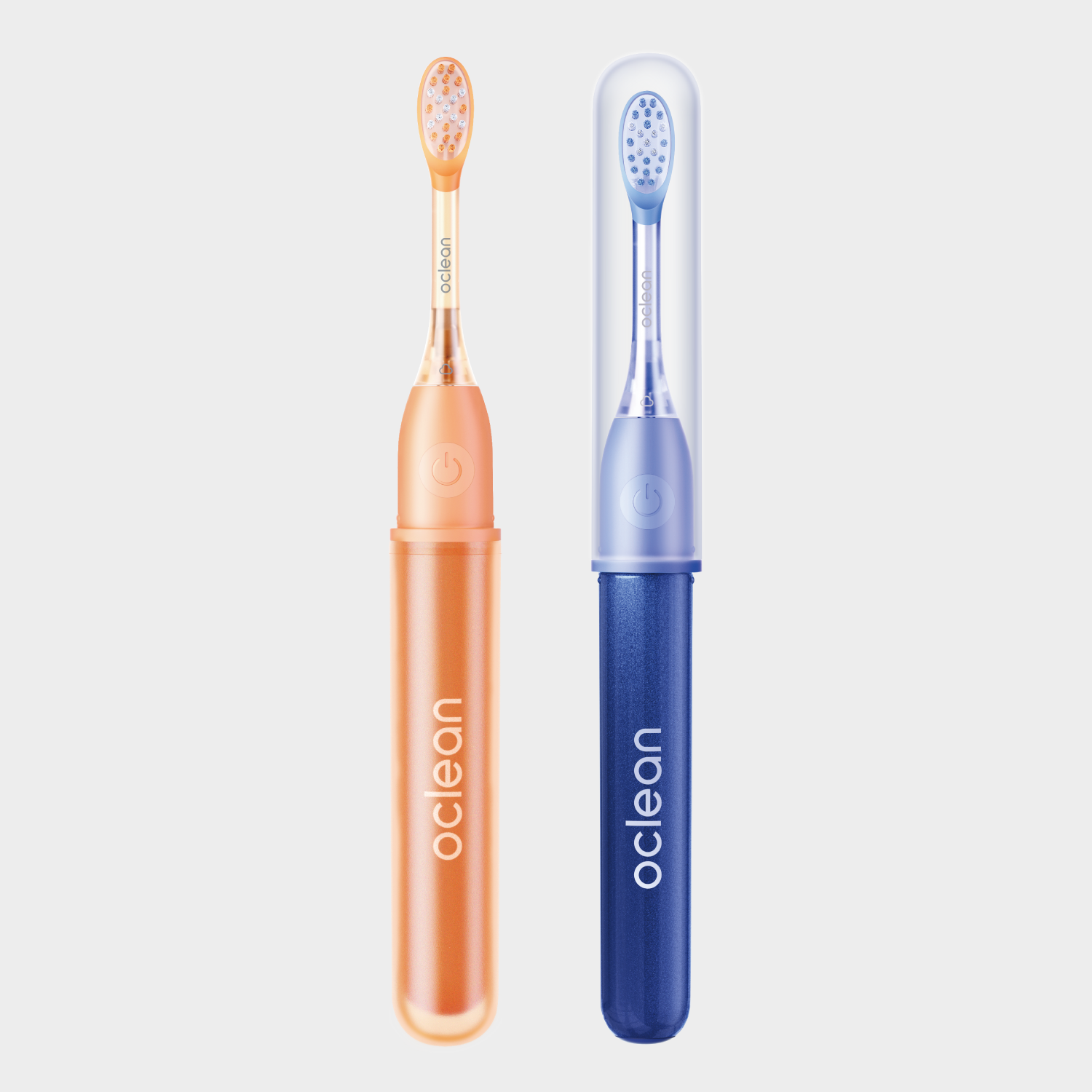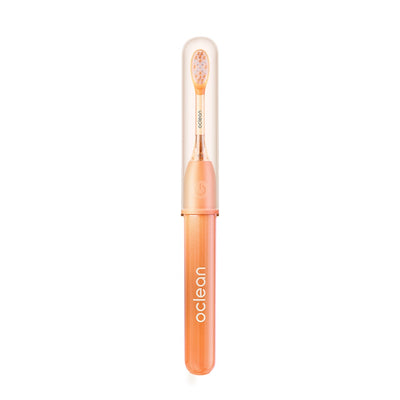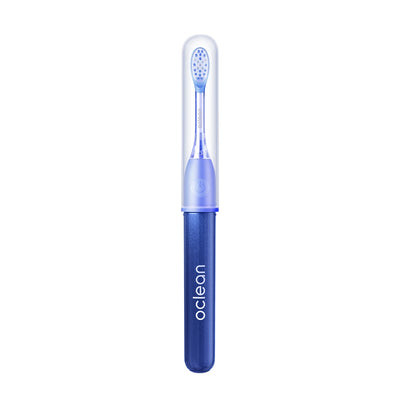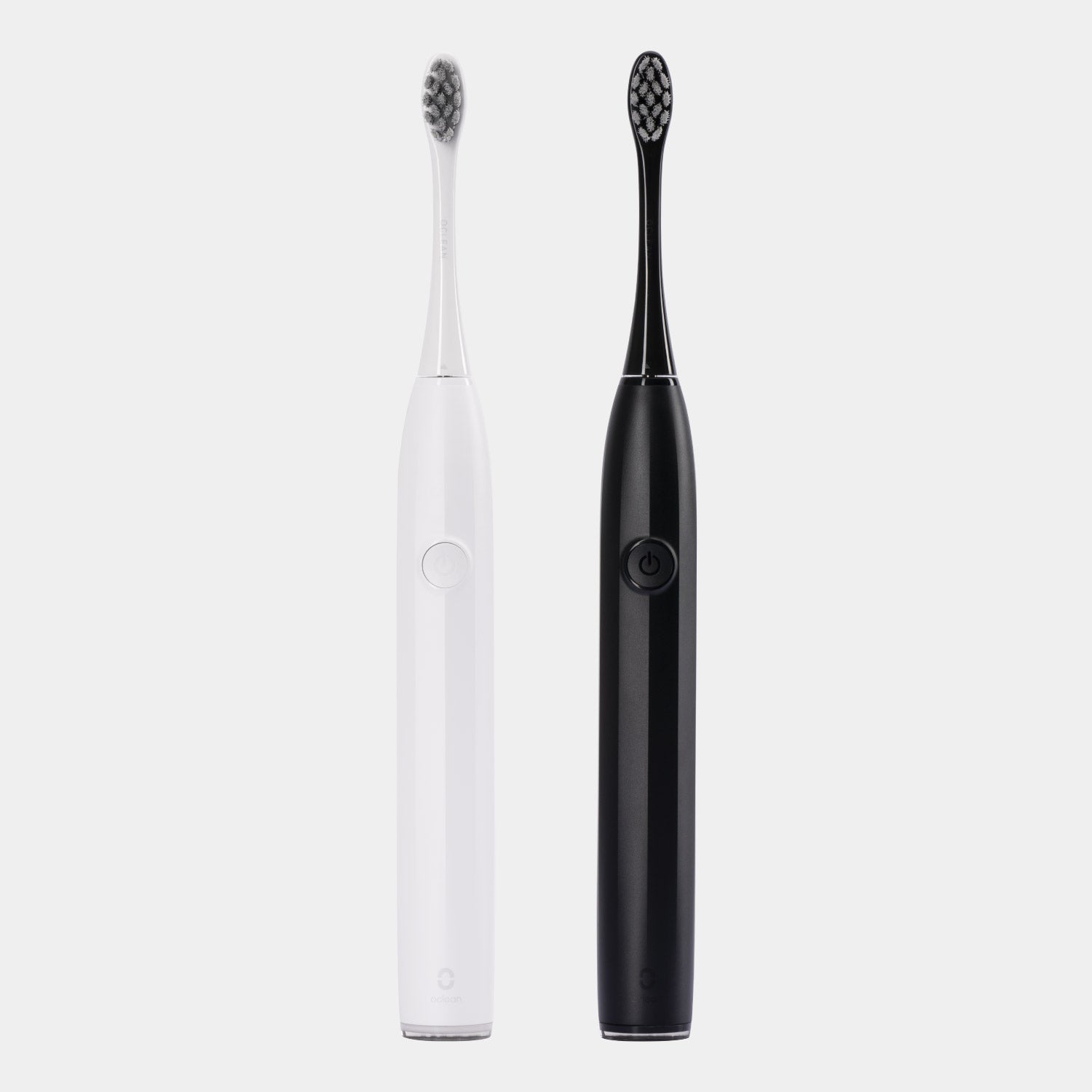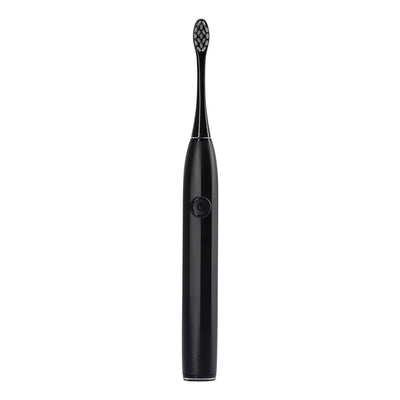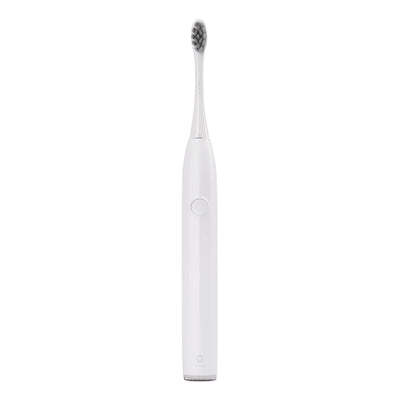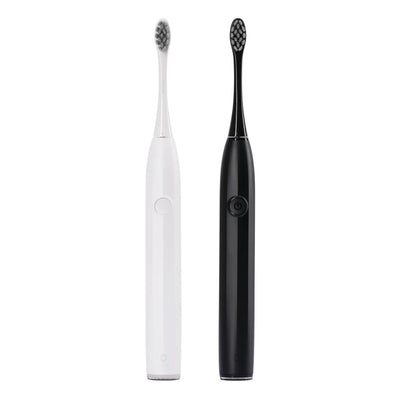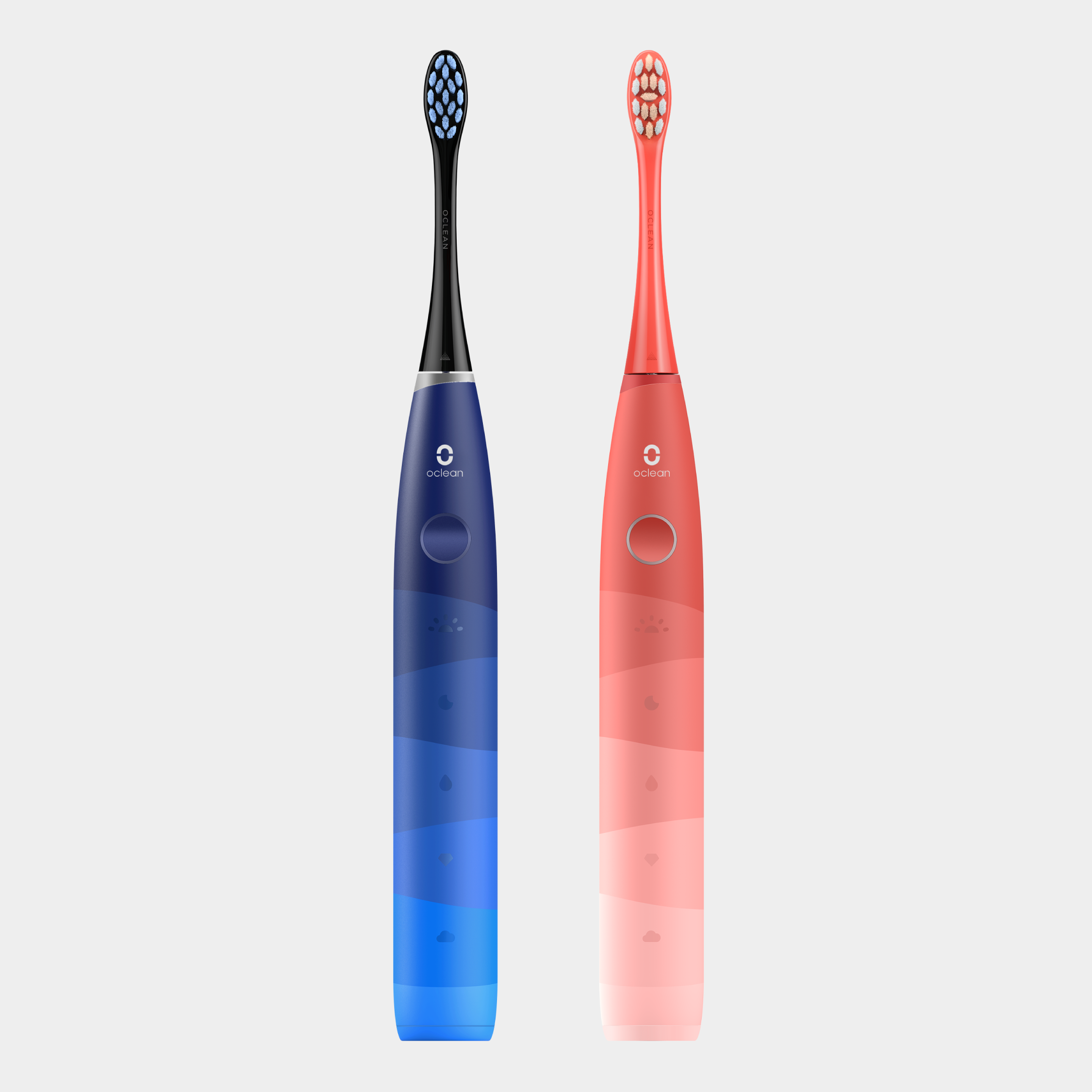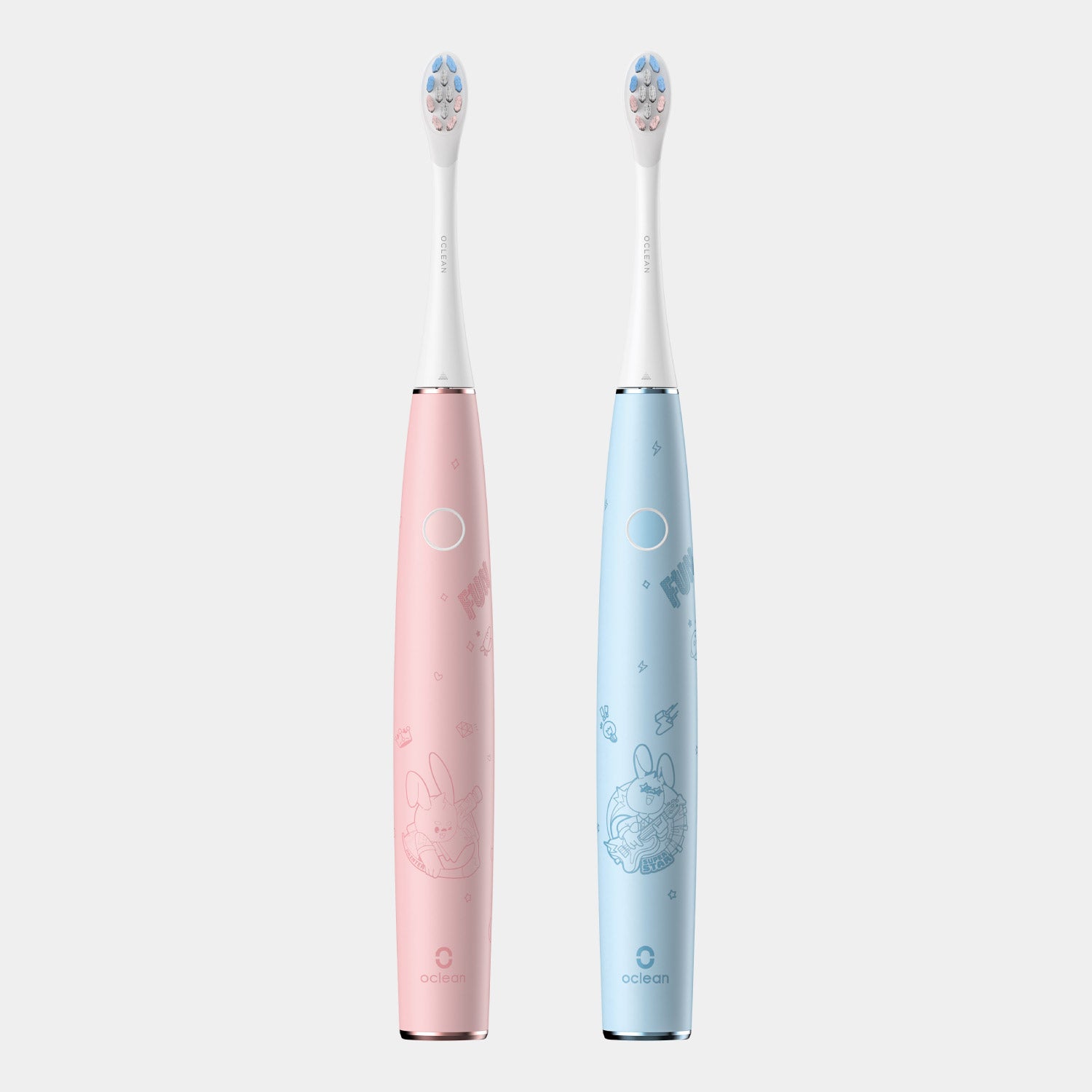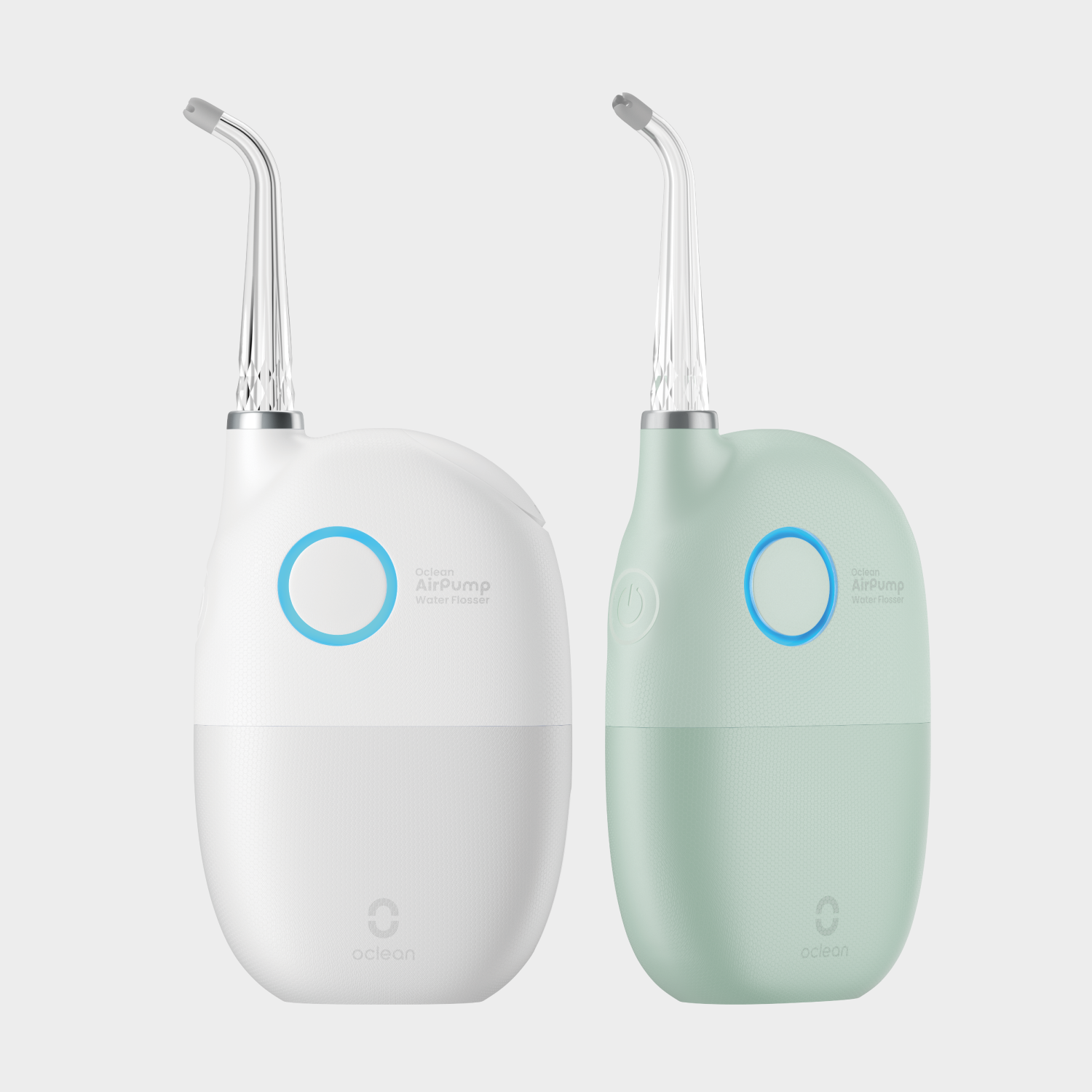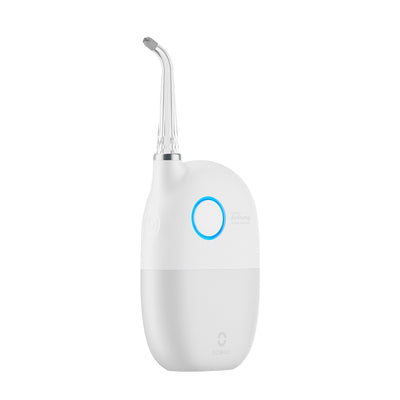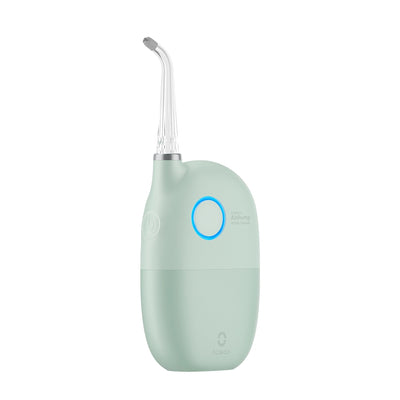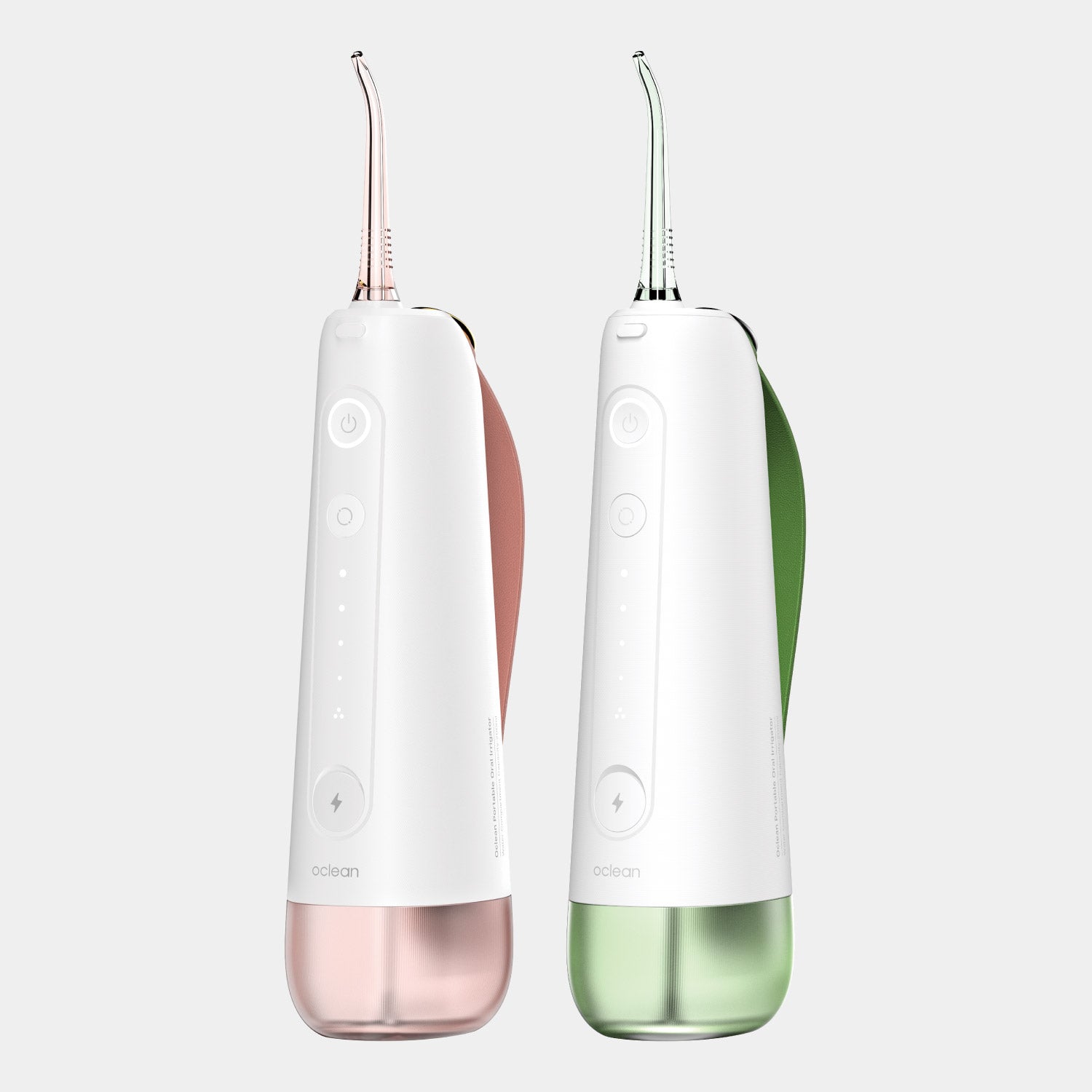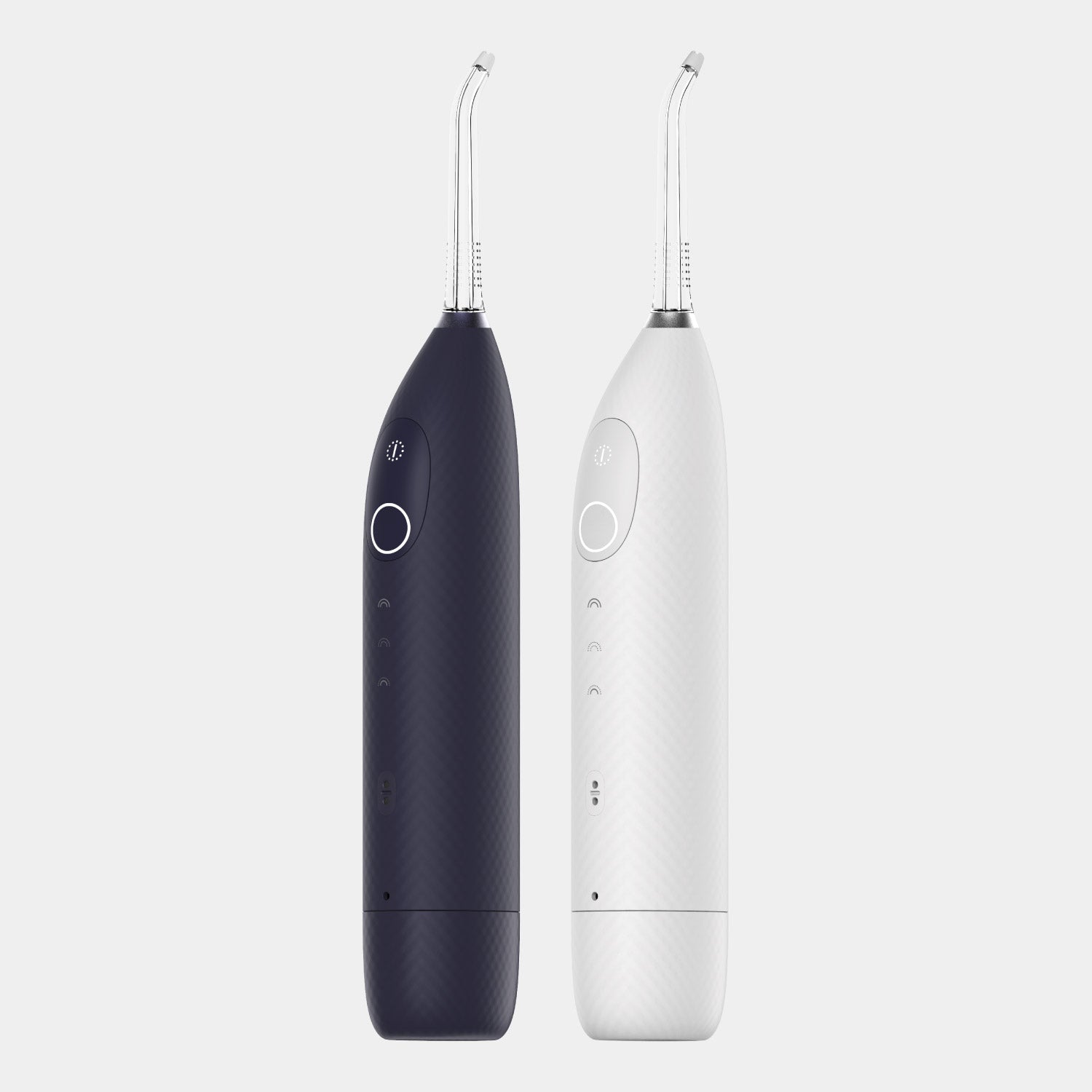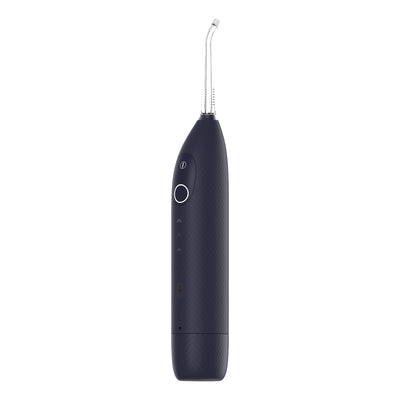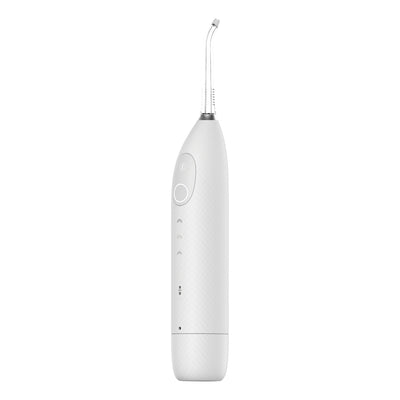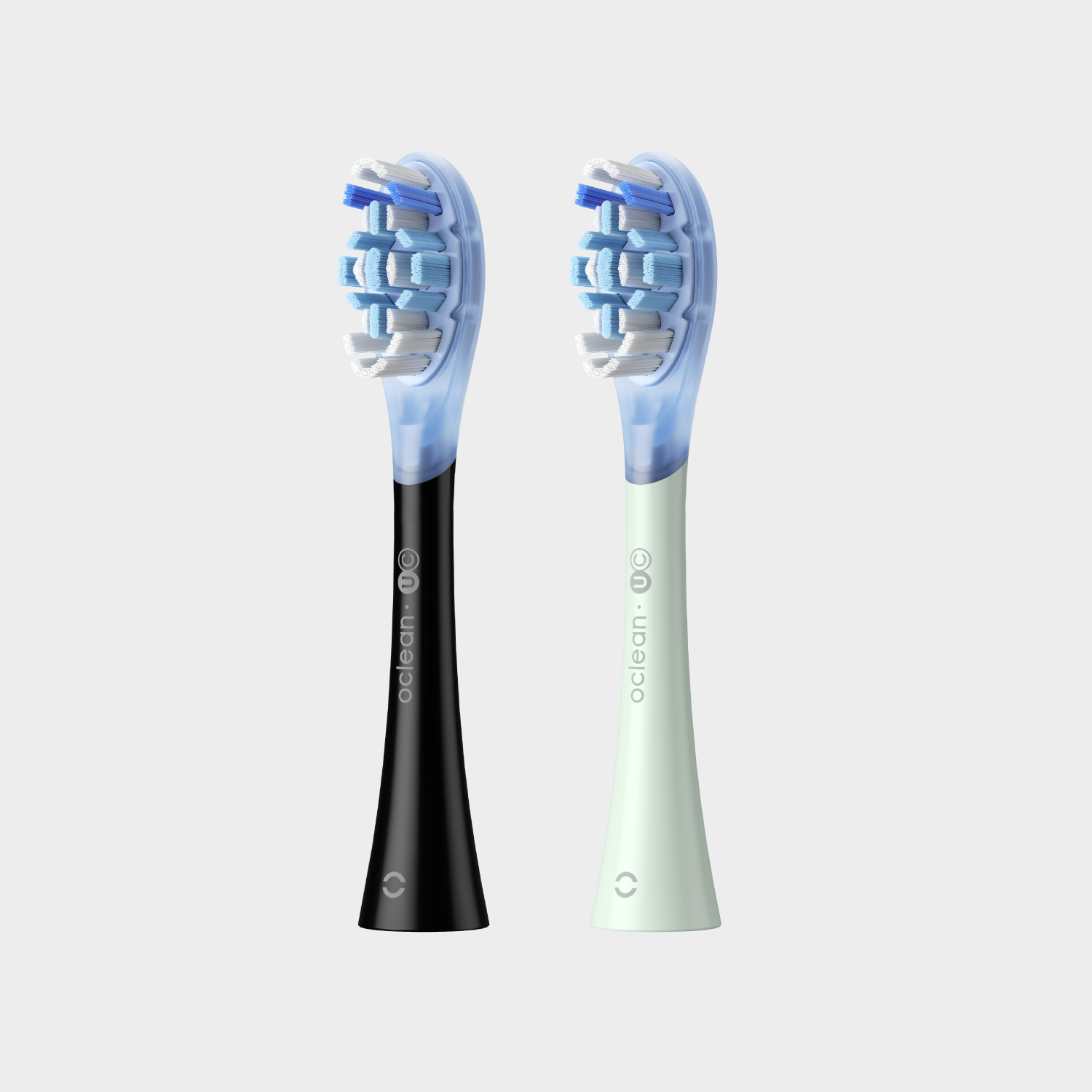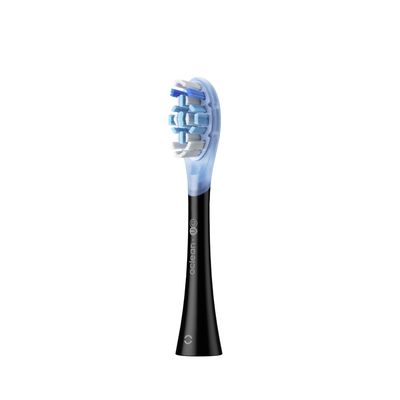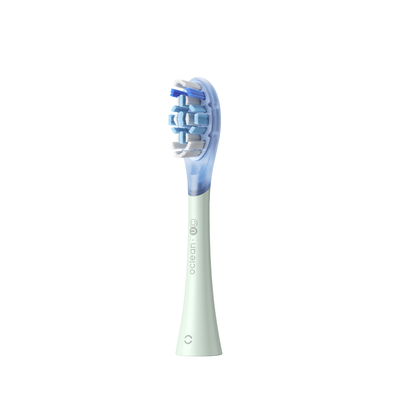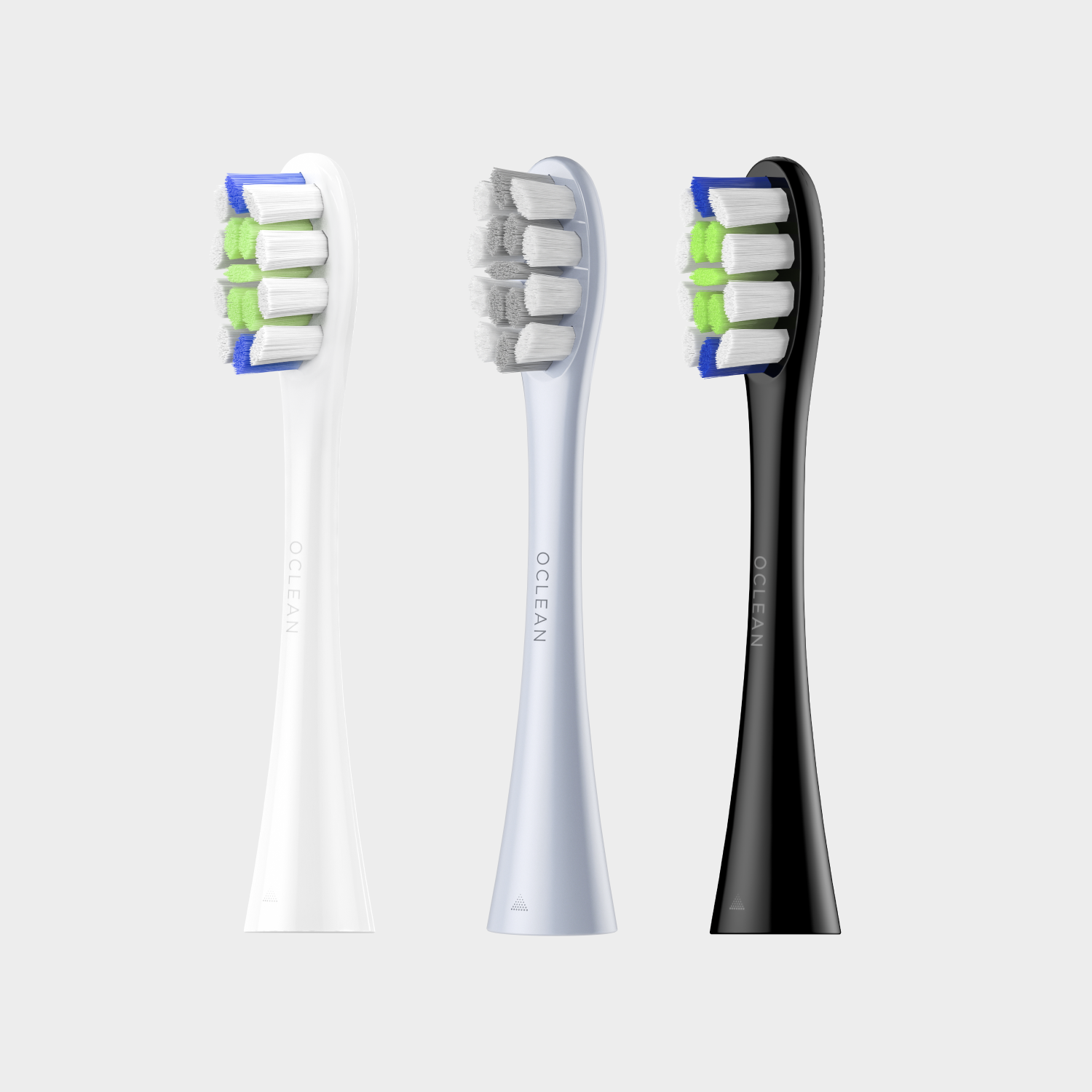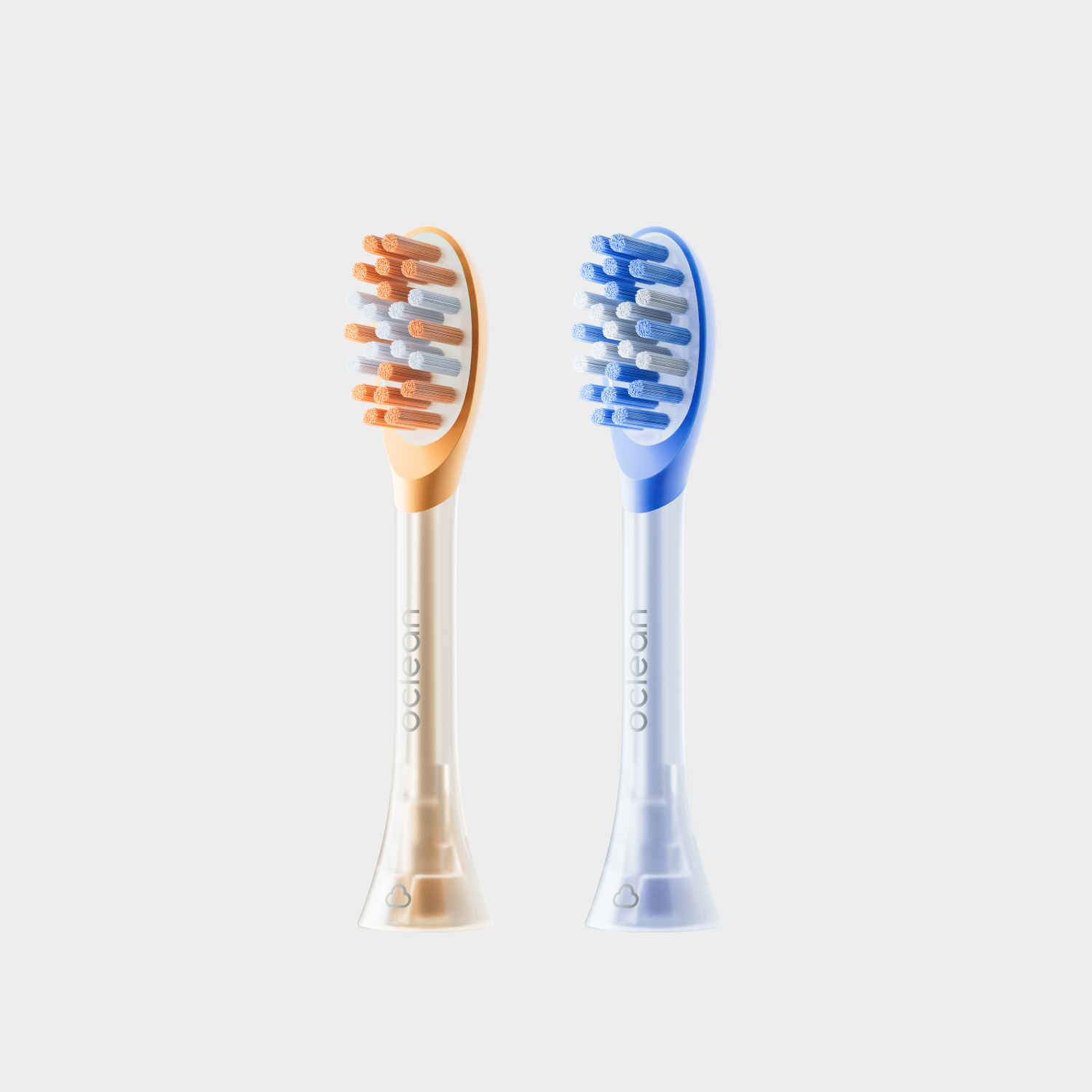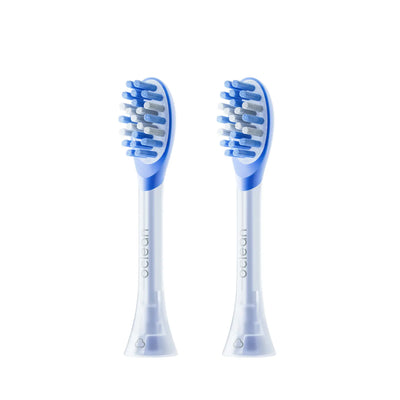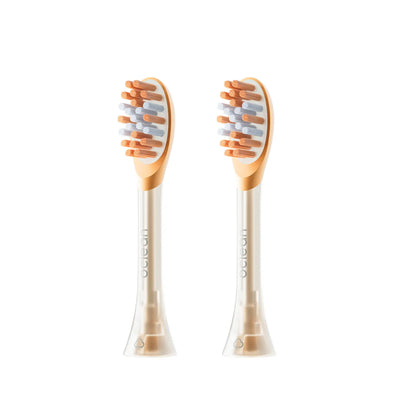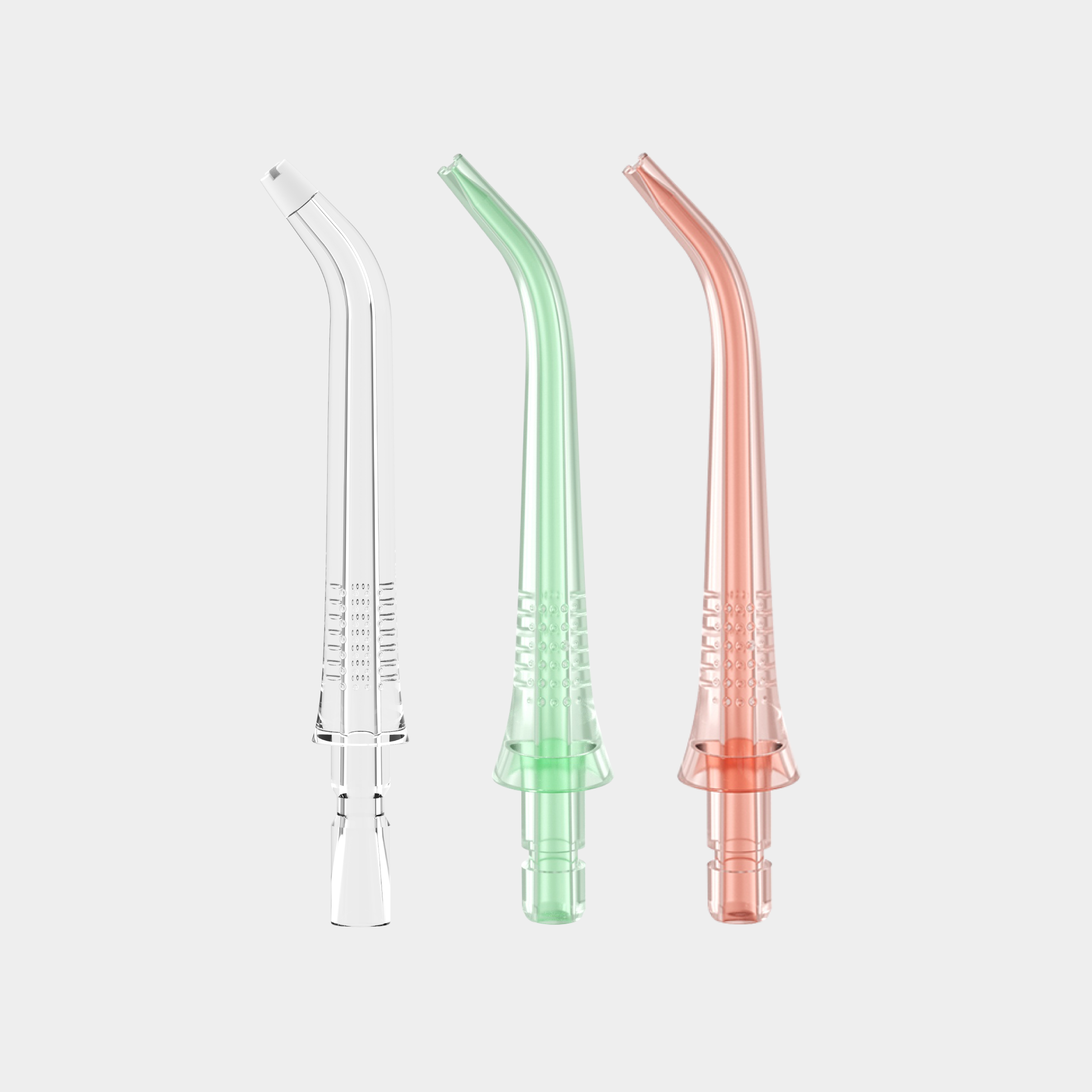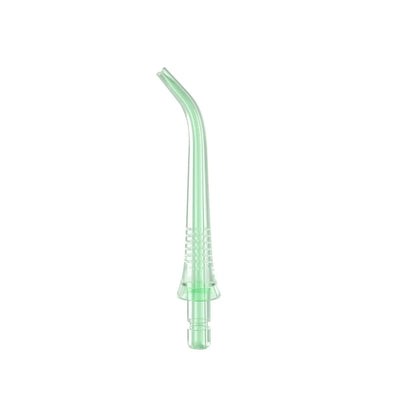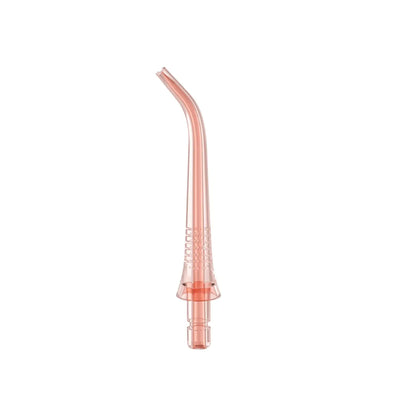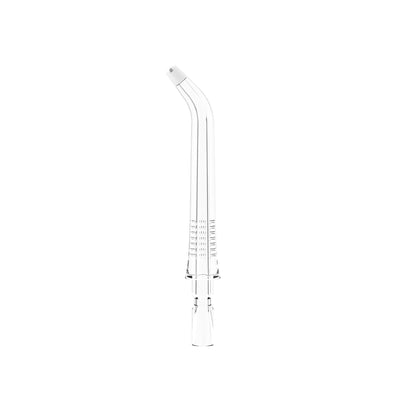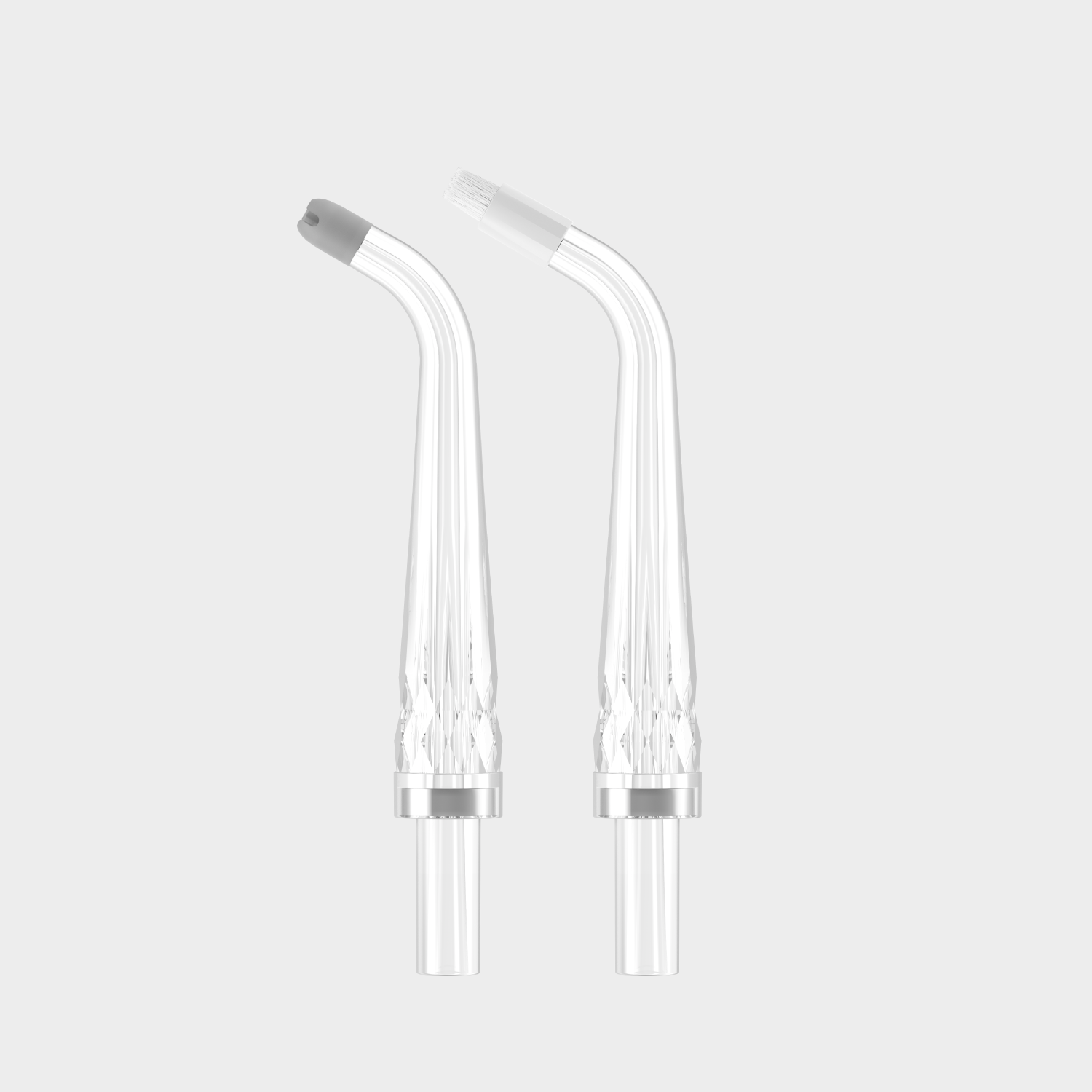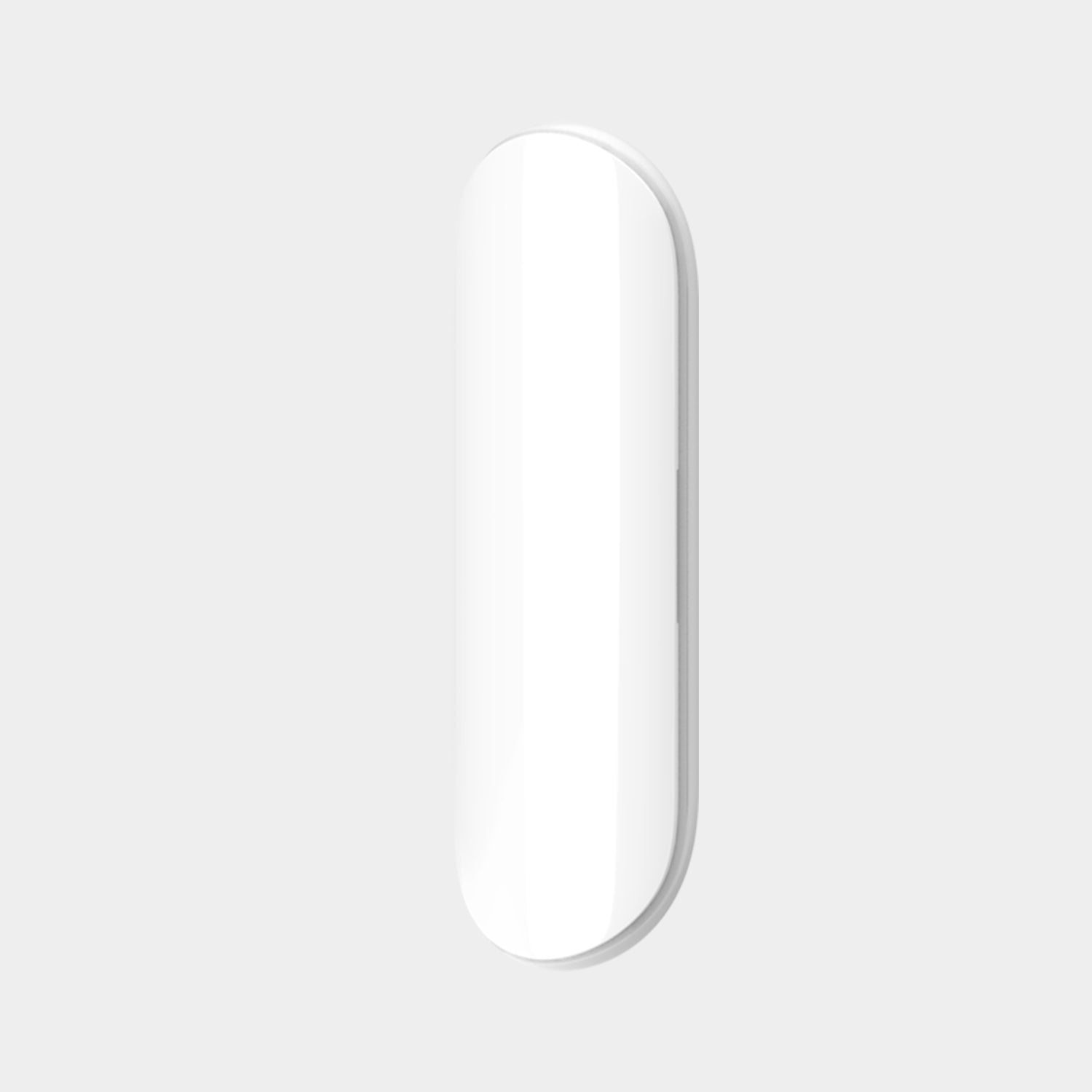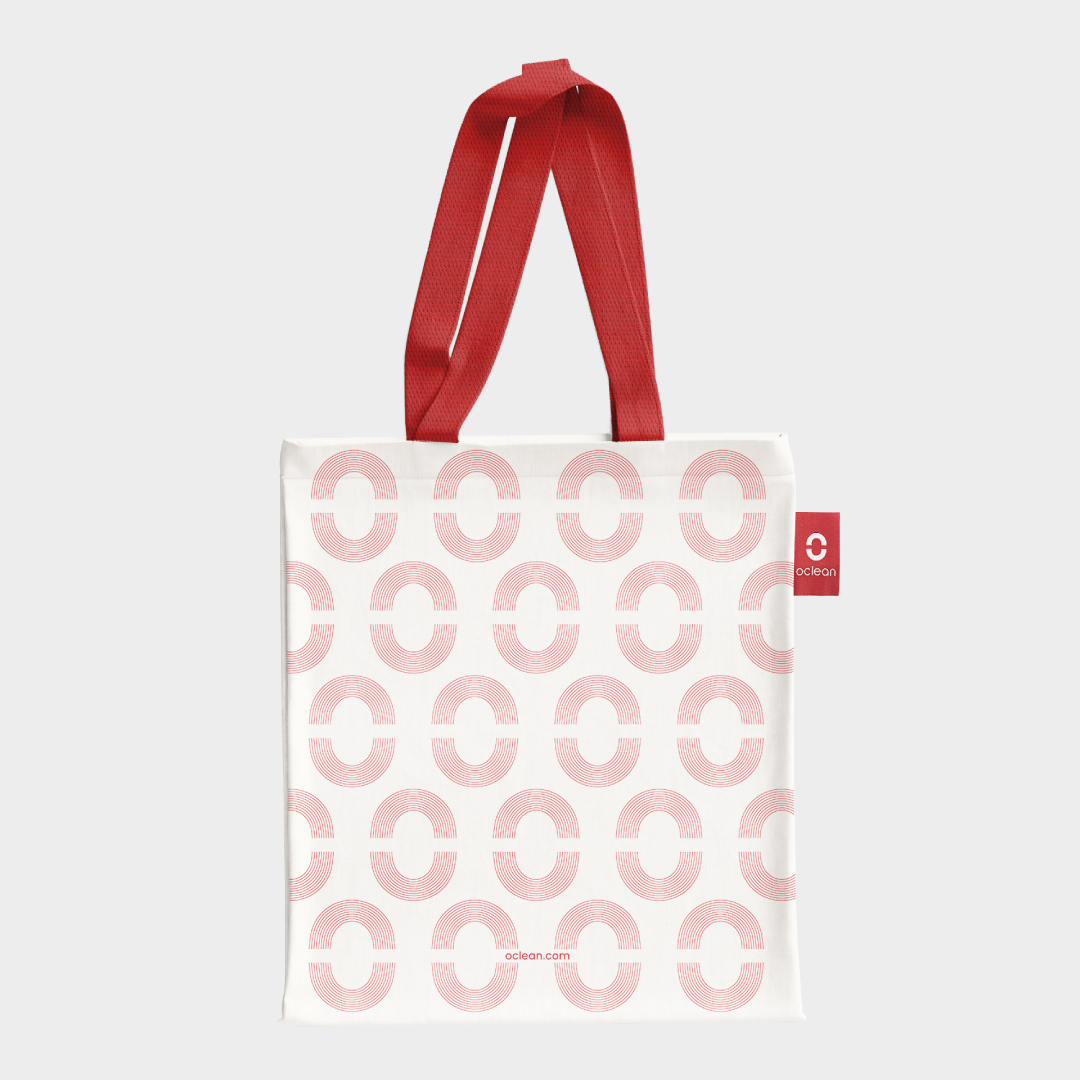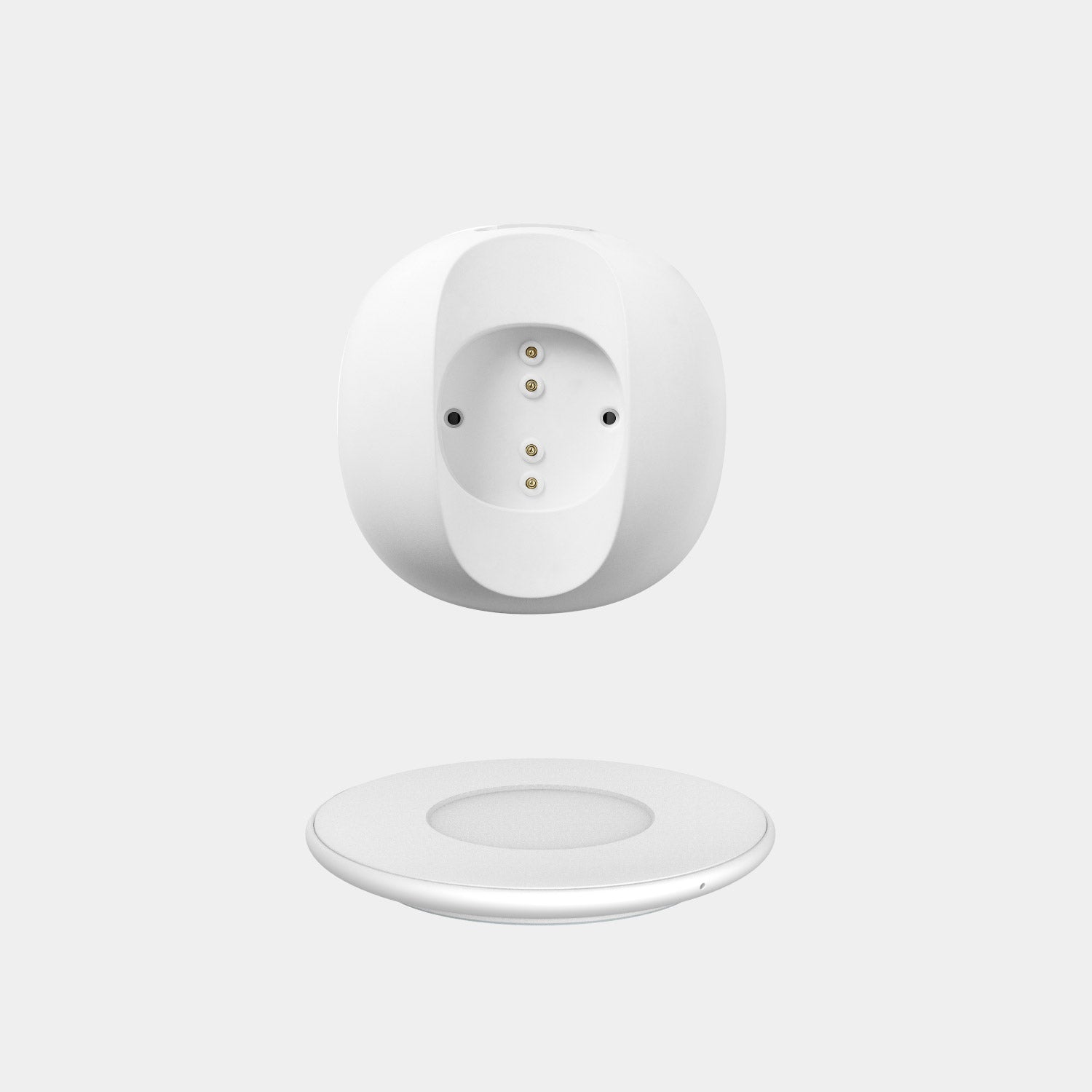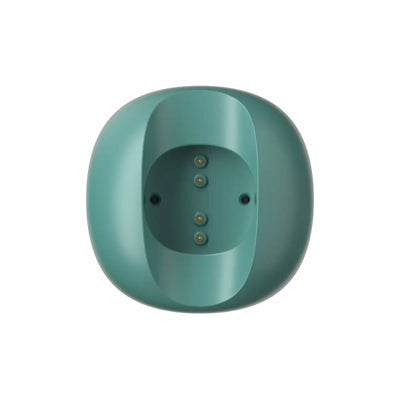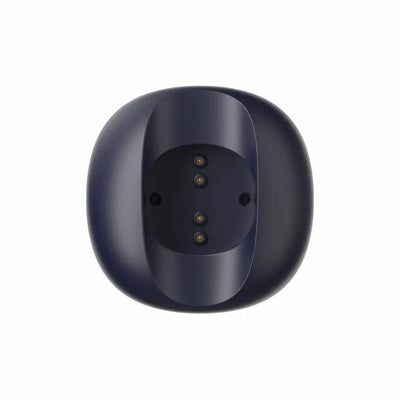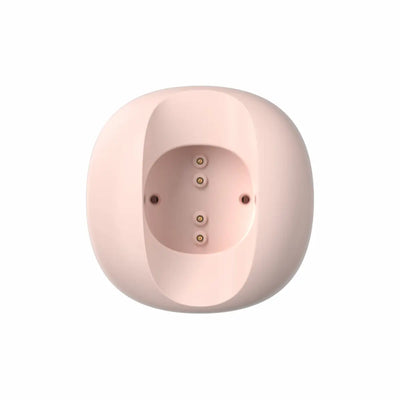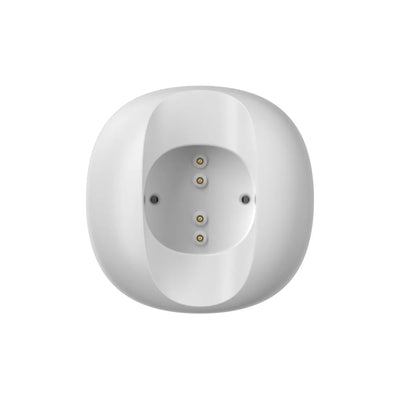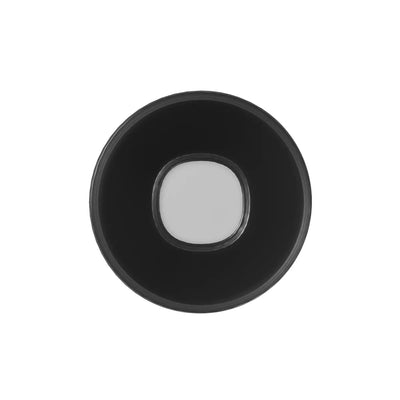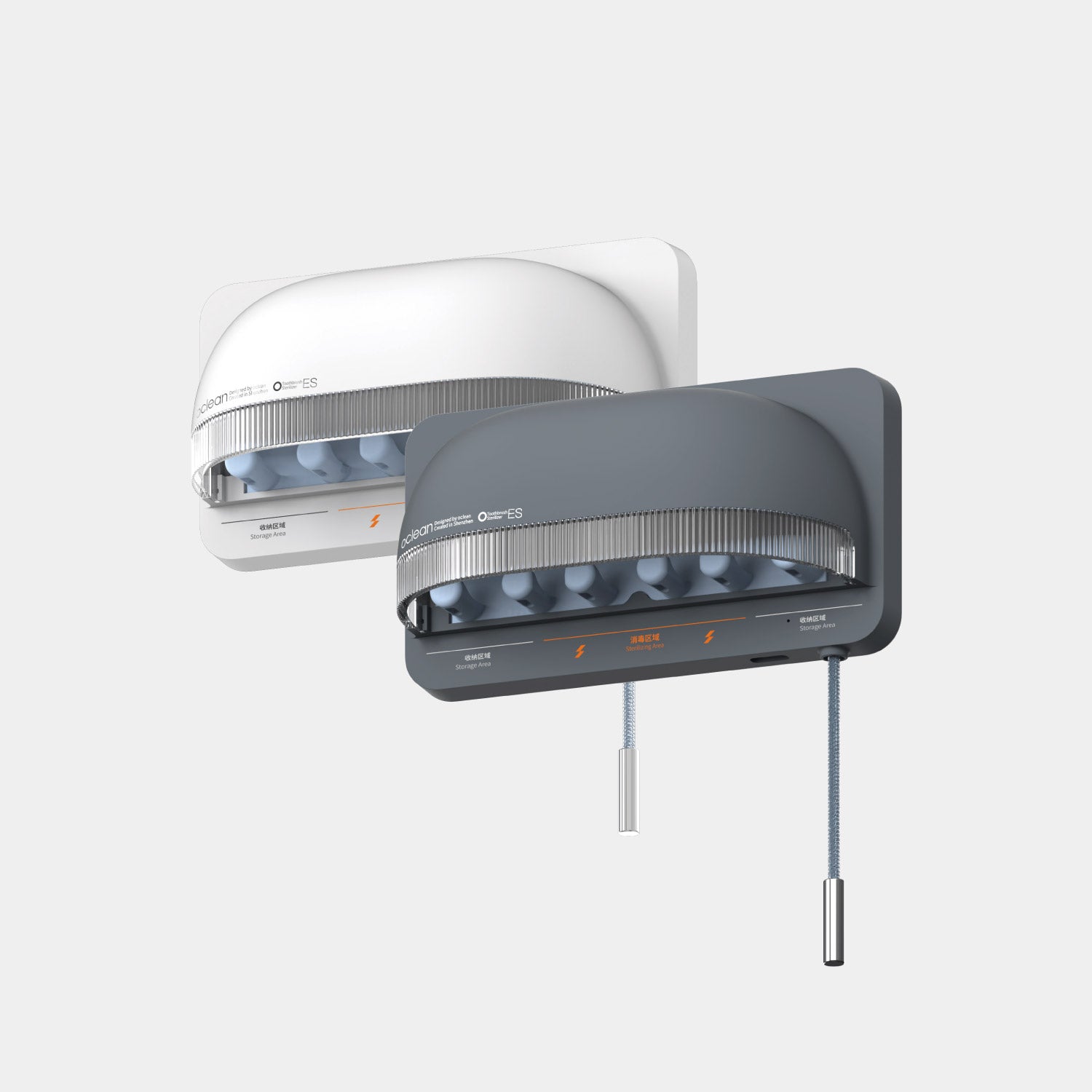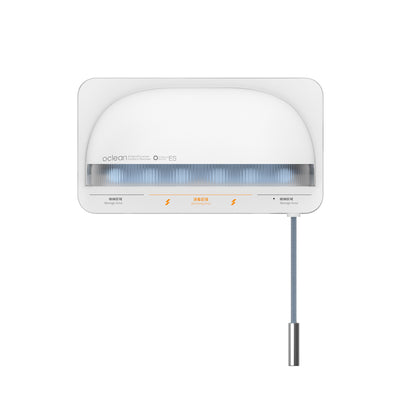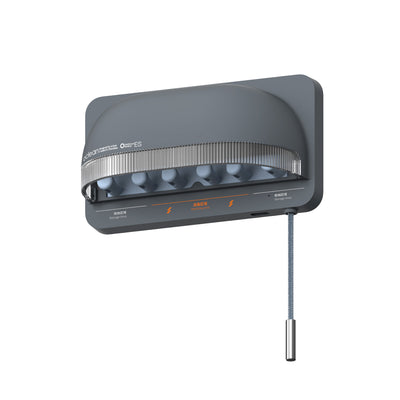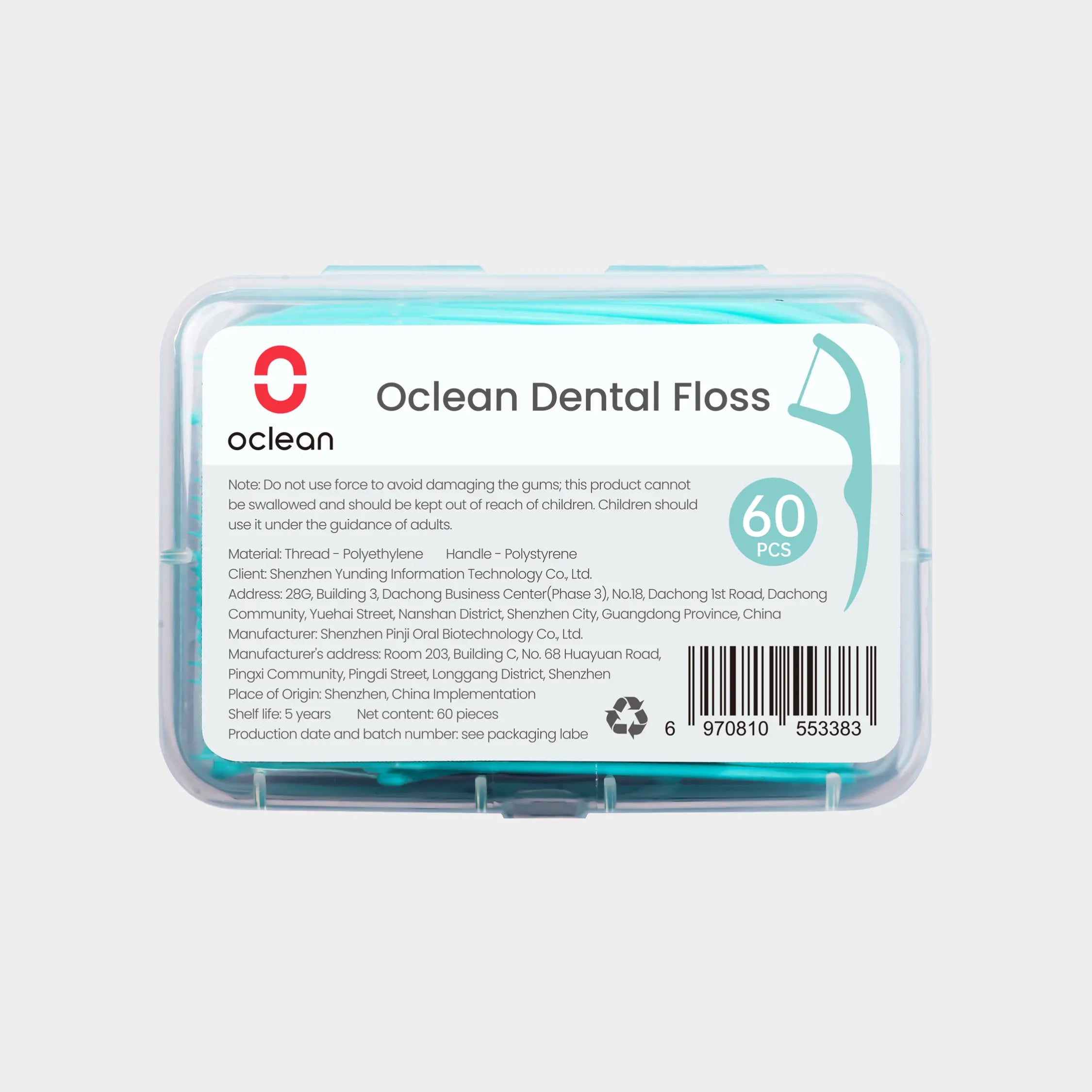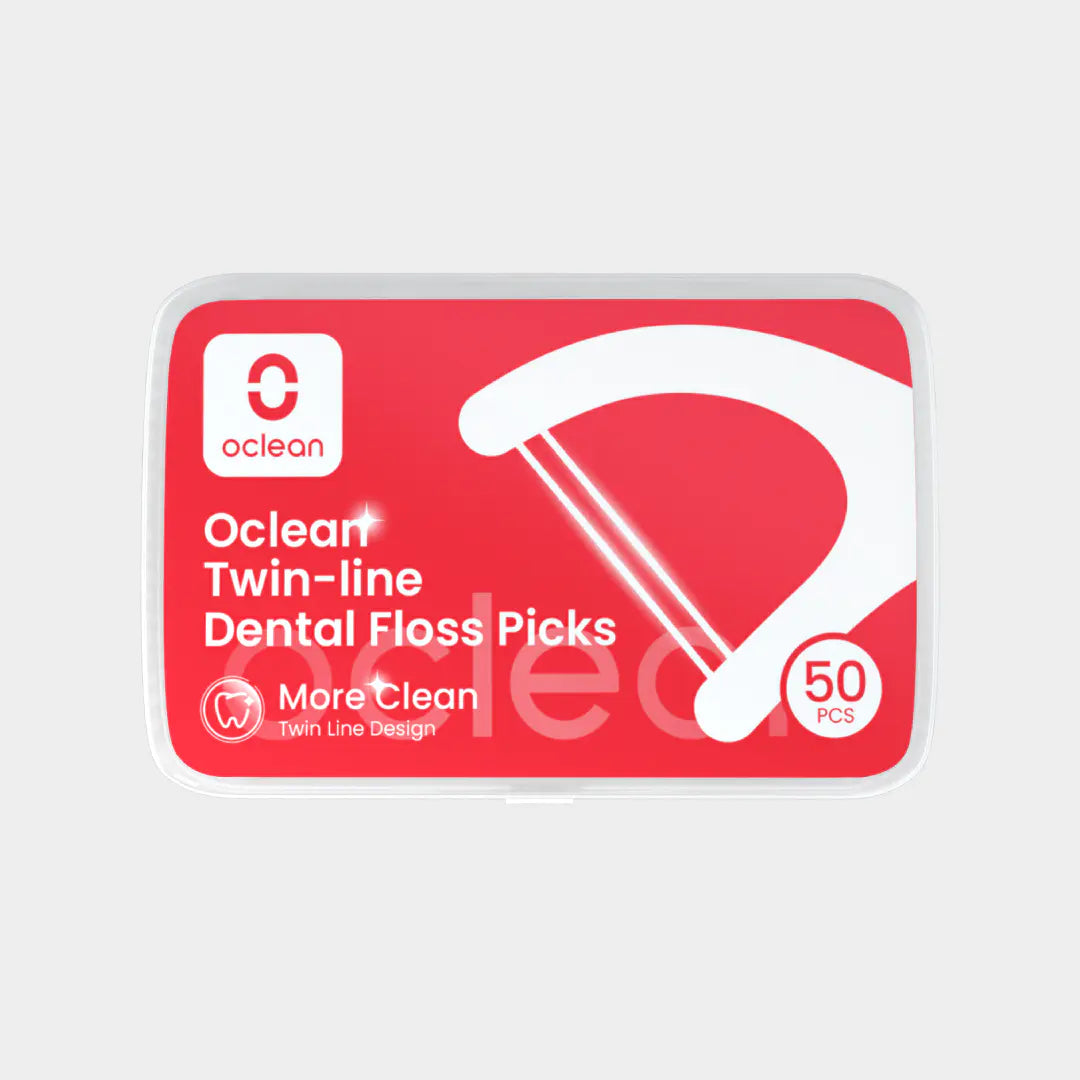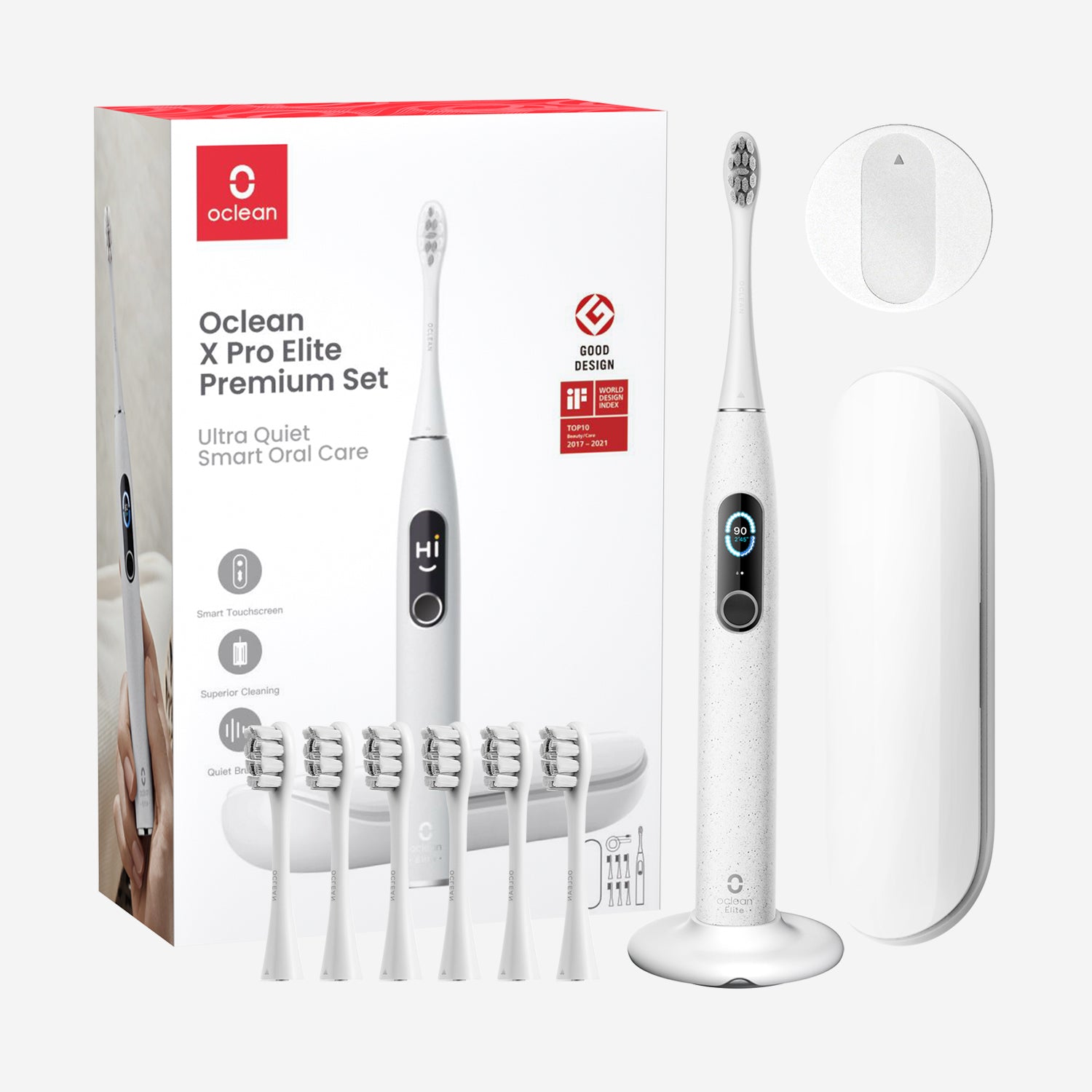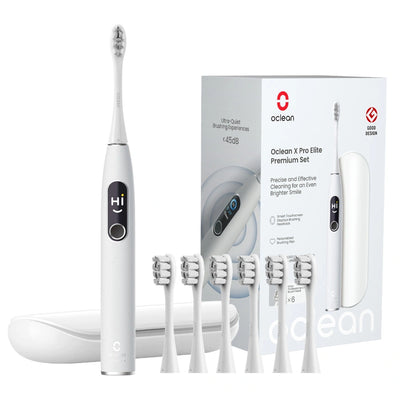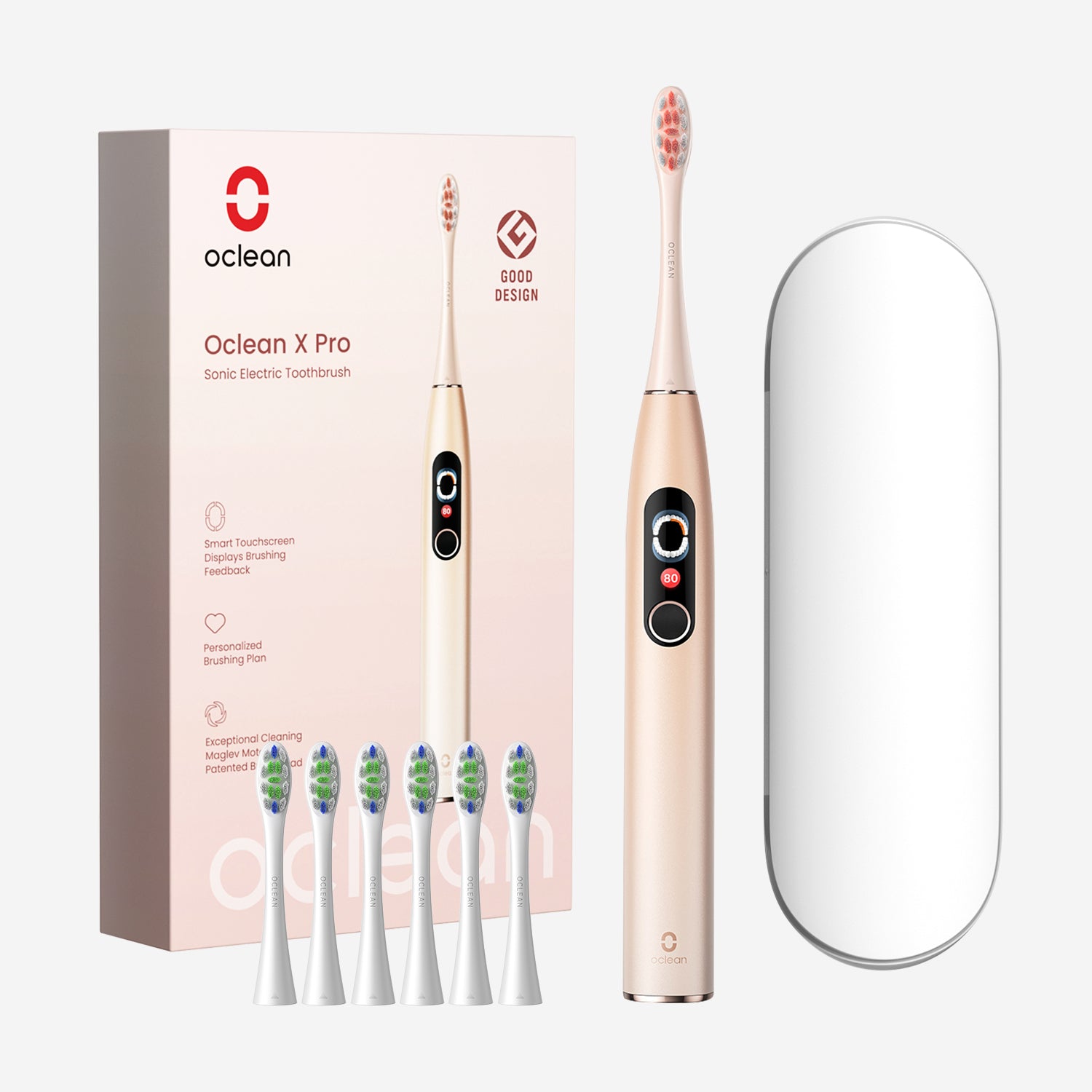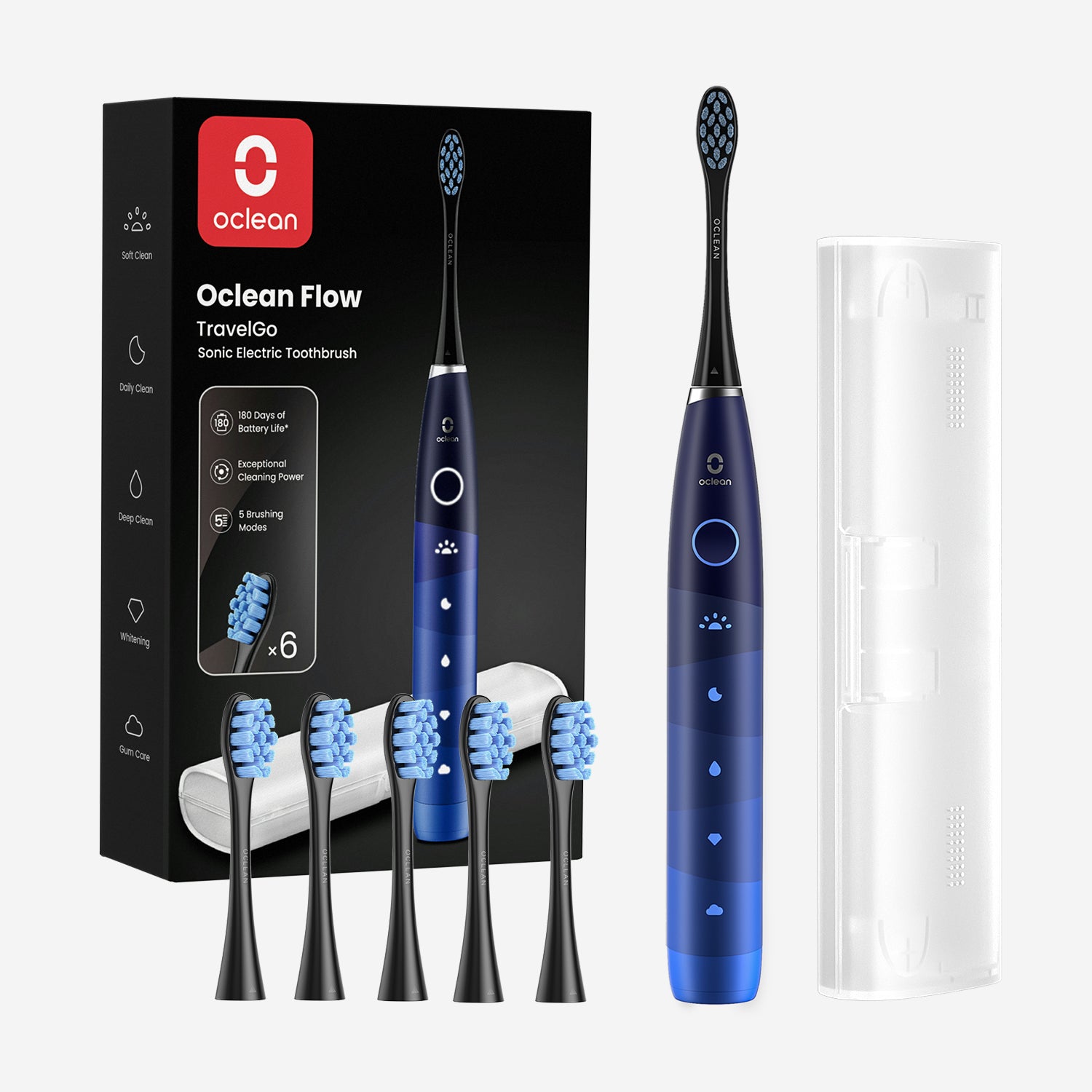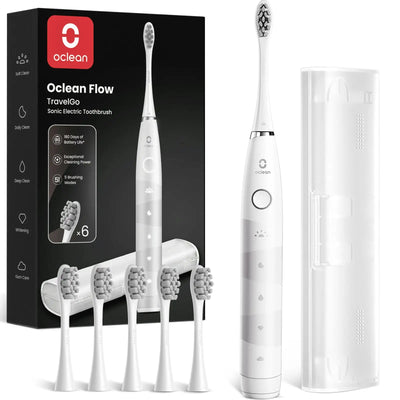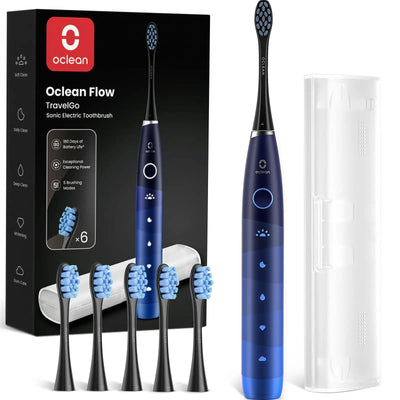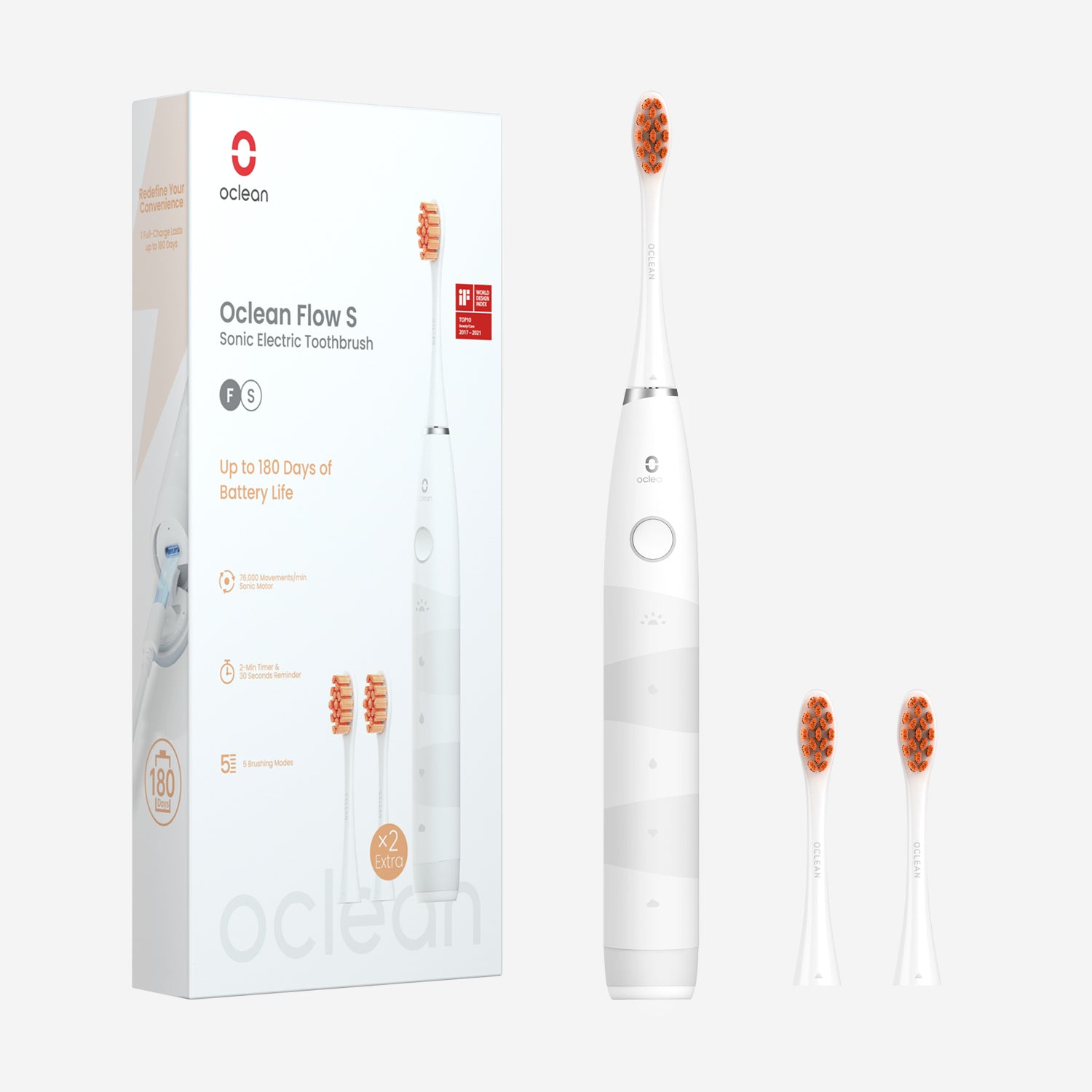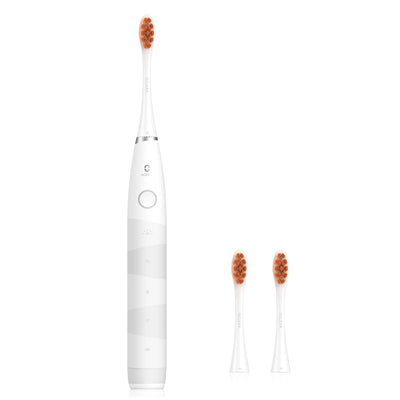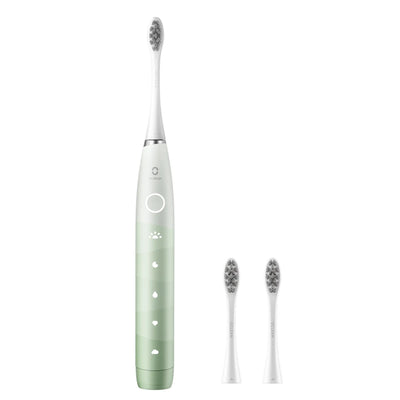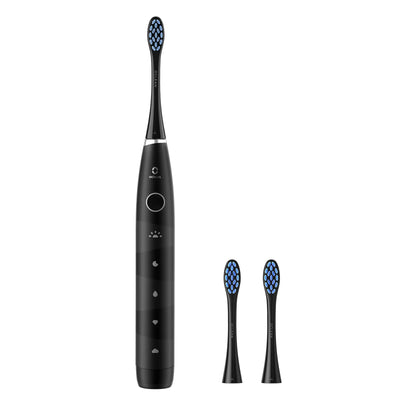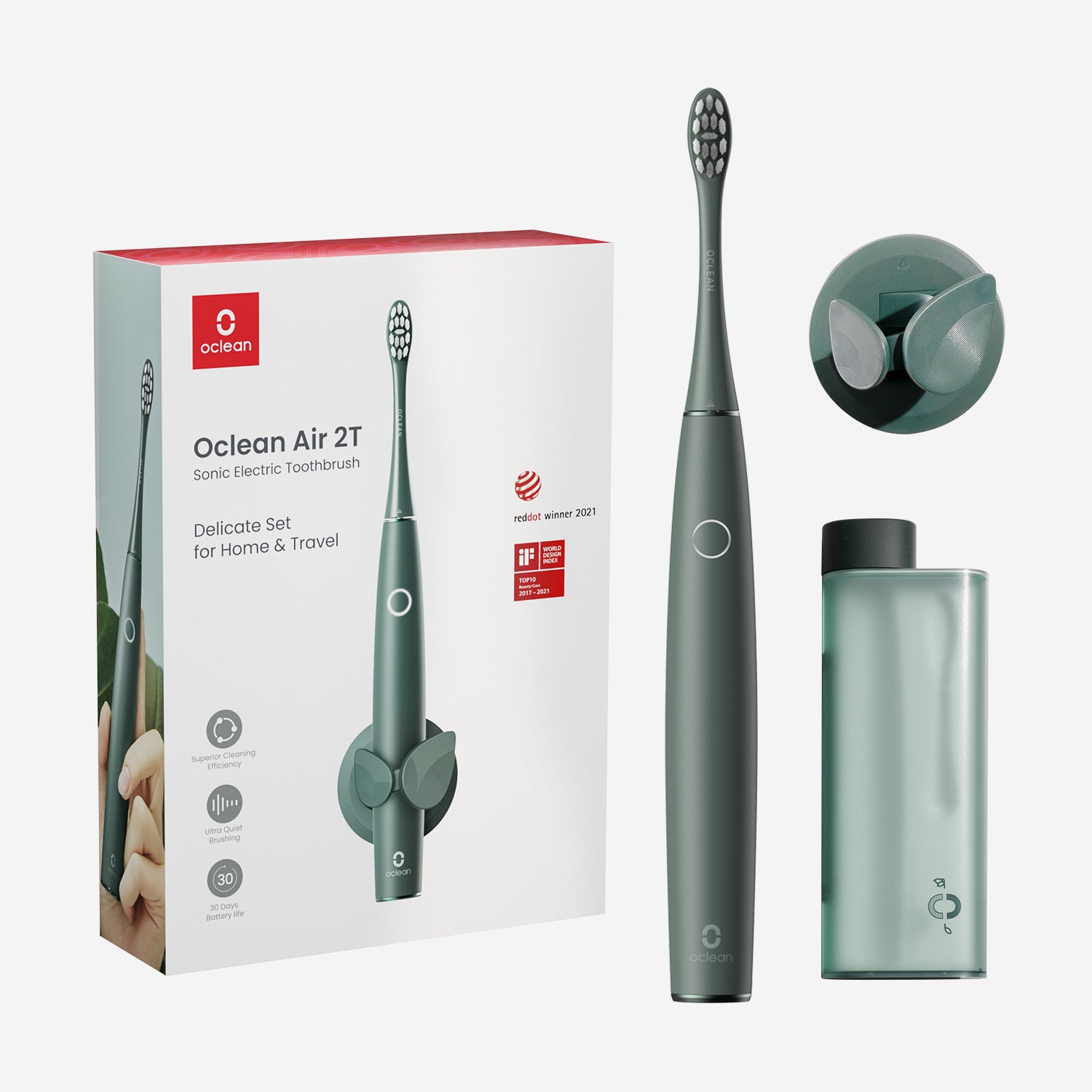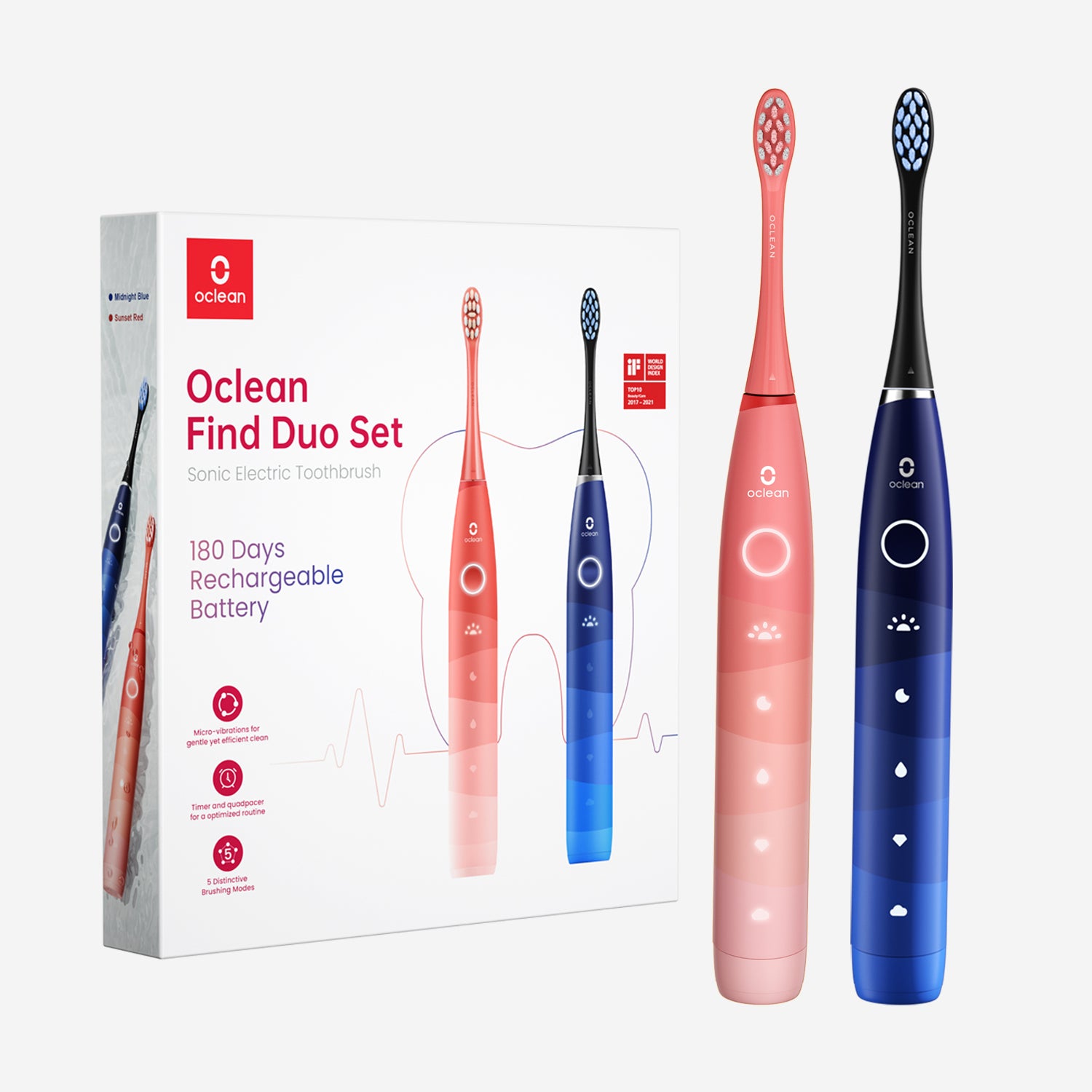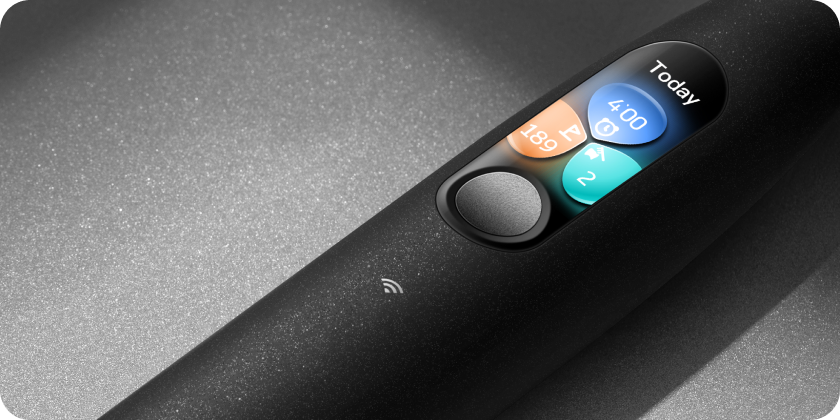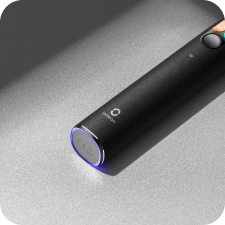The COVID-19 pandemic has brought significant changes to our daily lives, prompting us to take extra precautions to avoid the virus's transmission. While we're well aware of many modes of transmission, there's one aspect that may have escaped our attention - our toothbrushes. Can COVID-19 survive on toothbrushes, and if so, for how long? In this article, we'll explore this important topic and provide guidance on protecting yourself.
How Long Can COVID-19 Stay on Toothbrushes?
COVID-19 has left no stone unturned in affecting millions of lives worldwide. From quarantine measures to the loss of loved ones, we've witnessed its impact firsthand. In this context, it's essential to understand how to prevent the transmission of the virus, even through seemingly innocuous items like toothbrushes.
The Centers for Disease Control and Prevention (CDC) indicates that COVID-19 can survive on plastic and steel surfaces for up to 72 hours, which translates to three days. Therefore, if you've been infected with the virus, it's advisable to discard your toothbrush and employ proper disinfection, sanitization, and sterilization methods to mitigate the risk.
Additional Considerations for Toothbrush Contamination
Recent studies indicate that while COVID-19 survives on surfaces, the likelihood of transmission through toothbrushes remains low, especially when people can maintain proper hygiene habits.
Additionally, the presence of saliva and moisture on a toothbrush may create an environment where bacteria and viruses linger longer. As a result, it is crucial to emphasize the need for regular disinfection.
Keep in mind that brushing your teeth while infected can spread viral particles to surrounding surfaces, so experts recommend disinfecting the sink, mirror, and counter area after brushing, especially if more than one family member uses the same service room.
How to Protect Your Toothbrush from COVID-19?
To safeguard your toothbrush from potential COVID-19 contamination, consider the following methods:
1. Disinfection:
● Rinse your toothbrush with a 0.5% hydrogen peroxide solution. Hydrogen peroxide is effective against various microbes, including the virus responsible for COVID-19.
● For manual plastic toothbrushes, you can place them in boiling water for disinfection. However, this method is not suitable for electric toothbrushes, as it may damage them. Stick to hydrogen peroxide disinfection for electric toothbrushes.
If you decide to use hydrogen peroxide, let the toothbrush soak for at least one minute before rinsing with clean water. Also, avoid soaking toothbrushes in mouthwash, as it may not be as effective against viruses.
2. Sanitization:
● Invest in a toothbrush sanitizer, such as the Oclean S1 Toothbrush Sterilizer. It boasts a 99.9% sterilization rate and can accommodate up to five toothbrushes simultaneously. This UV toothbrush sanitizer not only sterilizes but also disinfects effectively.
UV toothbrush sanitizers are particularly useful for households with multiple members, as they significantly reduce cross-contamination that occurs between toothbrushes, spreading potentially harmful bacteria between family members. Portable toothbrush sanitizers, on the other hand, are great alternatives for individuals who travel frequently.
3. Self-Protective Measures:
● Thoroughly wash your hands for at least 20 seconds after brushing your teeth. This practice helps prevent virus transmission through surfaces and mucous membranes.
● Avoid touching your eyes, nose, and mouth with unwashed hands, as these areas can serve as potential entry points for the virus.
● Never share toothbrushes with others. Sharing food may be a kind gesture, but toothbrushes should remain strictly personal items.
● Store your toothbrush in an upright position and ensure it dries completely to prevent the growth of harmful pathogens.
Consider keeping your toothbrushes at least six feet away from the toilet to further reduce bacterial exposure and contamination. If possible, store in a separated open pantry or cabinet, using a toothbrush cover to offer some protection but allow airflow to prevent mold growth.
As an additional measure, it is a good general practice to replace your toothbrush or electric head after recovering from any illness, not just COVID-19. This helps prevent bacteria and viruses from replicating in toothbrush bristles and crevices in your device.
Recovered from COVID-19: What to Do?
If you've recently recovered from COVID-19, it's essential to take specific precautions regarding your toothbrush and oral care:
● Replace your toothbrush or, in the case of an electric toothbrush, replace the brush head with a new one.
● Disinfect the handle of your toothbrush with 0.5% hydrogen peroxide.
● Avoid placing your toothbrush in close proximity to the toothbrushes of family members, especially if they have colds, coughs, or the flu.
● Ensure your toothbrush remains dry by moving it rapidly from right to left.
● Store your toothbrush in an upright position, preferably in a closed cabinet or cupboard.
● Remember to replace your toothbrush every three months. If you use a Smart Electric Toothbrush, change the toothbrush head every three months and consider using a Toothbrush Sterilizer after each use.
● For individuals with compromised immune systems, consider replacing toothbrushes more frequently—such as every four to six weeks—to further reduce bacterial buildup and prevent systemic complications.
Some experts suggest replacing your toothbrush more frequently during illness recovery to minimize the risk of reinfection.
However, if you decide to make the great investment of using a sonic electric toothbrush, ensure to clean the handle thoroughly and charging base to remove lingering germs and potentially harmful bacteria. While they cannot kill every microbe, disinfectant tissues are an affordable and effective alternative to eliminate most microorganisms on many home surfaces.
The Role of Oral Health in Overall Recovery
Besides getting worn out and being less effective at cleaning your teeth and gums, toothbrushes can also retain bacteria over time. In consequence, the American Dental Association (ADA) recommends replacing manual toothbrushes or electric toothbrush heads every three months.
However, if the bristles appear frayed or discolored before the three-month mark, you should replace them sooner to ensure optimal cleaning efficiency.
What to Avoid When Replacing Your Toothbrush
● Avoid using a worn-out toothbrush, as they can lead to ineffective plaque removal and may contribute to gum irritation or decay.
● Avoid sharing toothbrushes, even within the same household, as it can spread bacteria and viruses.
● Do not store toothbrushes in closed, damp environments without proper ventilation, as this can promote bacterial growth.
The Role of Oral Health in Overall Recovery
Multiple studies have shown that good oral hygiene can reduce the severity of respiratory infections by lowering bacterial load in the mouth. Keep in mind that your oral cavity is the home for millions of microbes, from helpful bacteria species to highly harmful microbes that we need to keep at bay. By keeping a clean mouth, you can reduce the chance of hazardous bacteria spreading into your throat or lungs, allowing a faster recovery.
Long-term Symptoms
Experiencing COVID-19 can be a long journey. Some COVID-19 patients go through prolonged symptoms, including loss of taste, dry mouth, or other more severe systemic complications. Maintaining excellent oral health always works to the benefit of a shorter recovery and milder symptoms. Also, using fluoride-based toothpaste and staying hydrated can alleviate these effects.
Additionally, proper oral care can also help combat dry mouth—a common side effect after illness recovery. Using the appropriate tools and equipment, like sonic electric toothbrushes and mouth irrigators, allows you to maintain a balanced oral cavity.
The Importance of Regular Check-ups
Attending regular dental check-ups post-recovery is recommended by most professionals, as some individuals have reported dental issues, such as increased tooth sensitivity and gum inflammation, after having COVID-19. These issues can considerably worsen if they’re not treated timely, leading to severe consequences, such as periodontitis, bone loss, and even tooth loss.
Oral Care After Recovery:
Maintaining good oral hygiene is crucial after recovering from COVID-19. Here are some steps to follow:
● Stay well-hydrated by drinking eight cups of water daily to enhance salivary flow.
● Use mouthwash to eliminate bacteria in areas that your toothbrush might not reach effectively.
● Use a tongue cleaner to scrape your tongue and further reduce bacteria.
● Maintain regular oral care by brushing your teeth twice a day and flossing once daily.
Conclusion
In conclusion, COVID-19 can indeed survive on toothbrushes for up to 72 hours, emphasizing the importance of proper toothbrush care and oral hygiene practices. By following these guidelines, you can protect yourself and your loved ones from potential virus transmission through toothbrushes.
Remember that practicing good oral hygiene habits not only helps prevent COVID-19 transmission but also contributes to overall health. Also, while the risk of transmission via toothbrushes is relatively low, taking precautions can provide additional peace of mind.
References
1. Costa, C. A., Vilela, A. C. S., Oliveira, S. A., Gomes, T. D., Andrade, A. A. C., Leles, C. R., & Costa, N. L. (2022). Poor oral health status and adverse COVID-19 outcomes: A preliminary study in hospitalized patients. Journal of periodontology, 93(12), 1889–1901. https://doi.org/10.1002/JPER.21-0624
2. Marzoli, F., Bortolami, A., Pezzuto, A., Mazzetto, E., Piro, R., Terregino, C., Bonfante, F., & Belluco, S. (2021). A systematic review of human coronaviruses survival on environmental surfaces. The Science of the total environment, 778, 146191. https://doi.org/10.1016/j.scitotenv.2021.146191
3. Dickson-Swift, V., Kangutkar, T., Knevel, R., & Down, S. (2022). The impact of COVID-19 on individual oral health: a scoping review. BMC oral health, 22(1), 422. https://doi.org/10.1186/s12903-022-02463-0
Dhama, K., Patel, S. K., Kumar, R., Masand, R., Rana, J., Yatoo, M. I., Tiwari, R., Sharun, K., Mohapatra, R. K., Natesan, S., Dhawan, M., Ahmad, T., Emran, T. B., Malik, Y. S., & Harapan, H. (2021). The role of disinfectants and sanitizers during COVID-19 pandemic: advantages and deleterious effects on humans and the environment. Environmental science and pollution research international, 28(26), 34211–34228. https://doi.org/10.1007/s11356-021-14429-w
